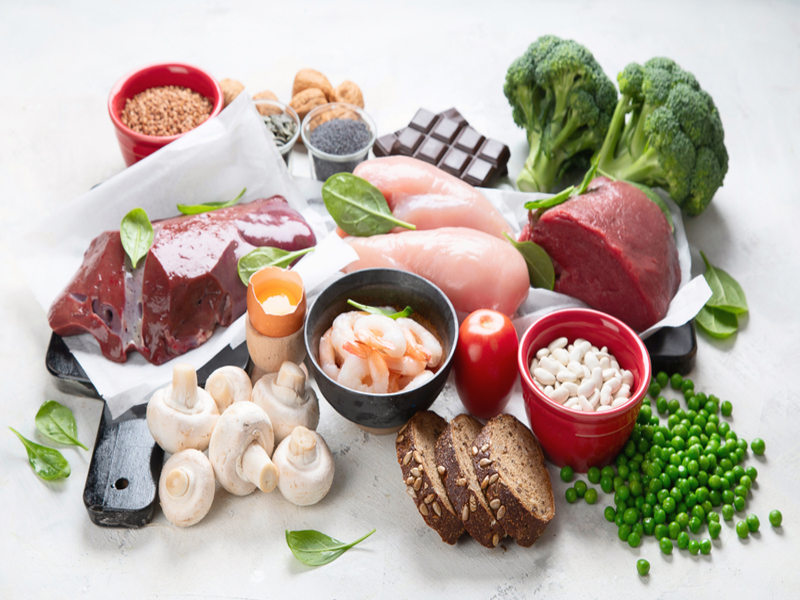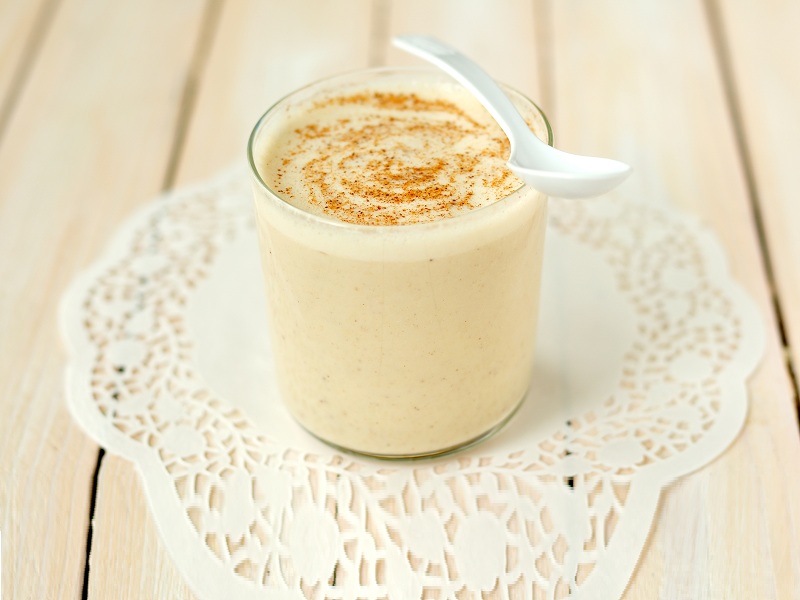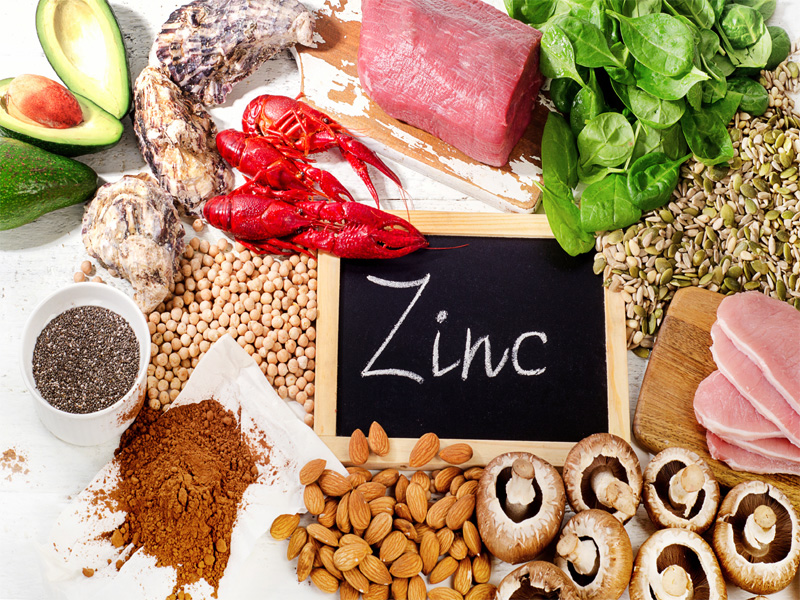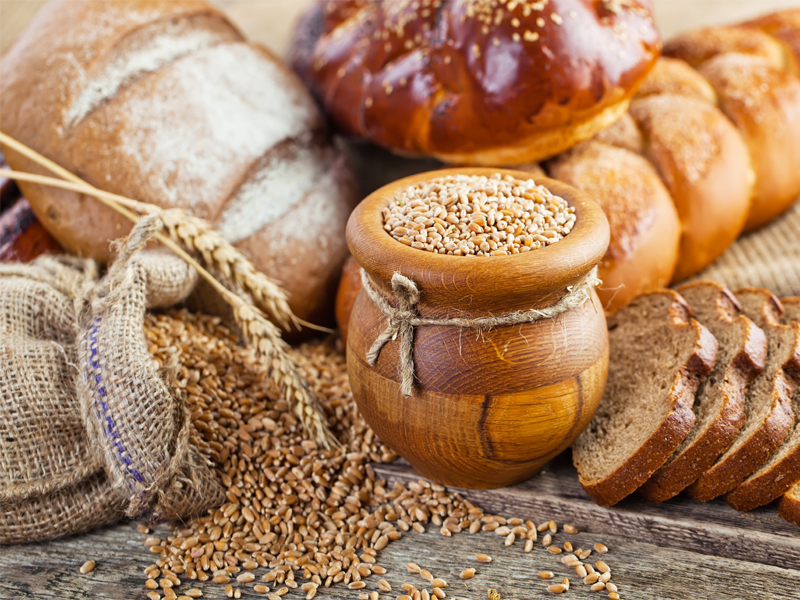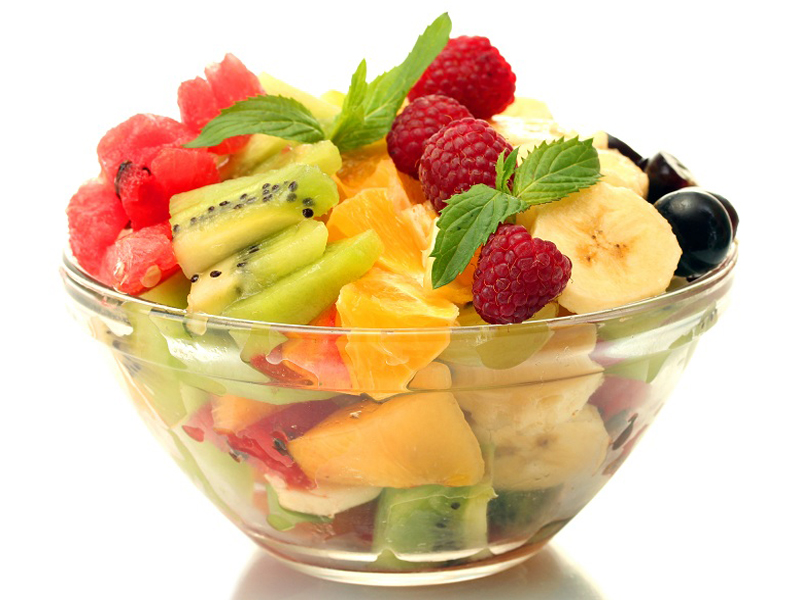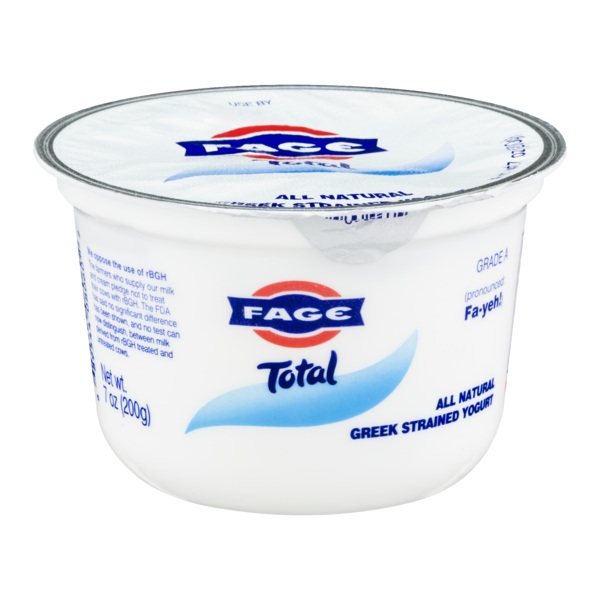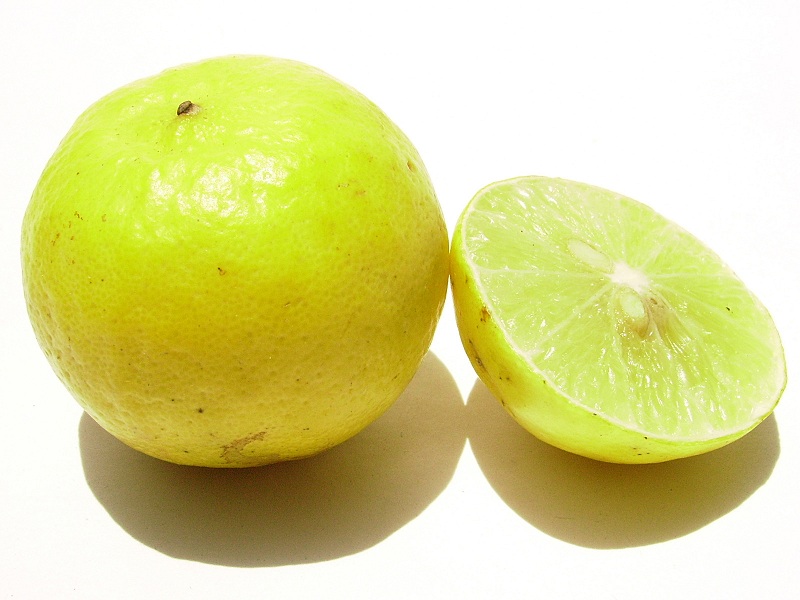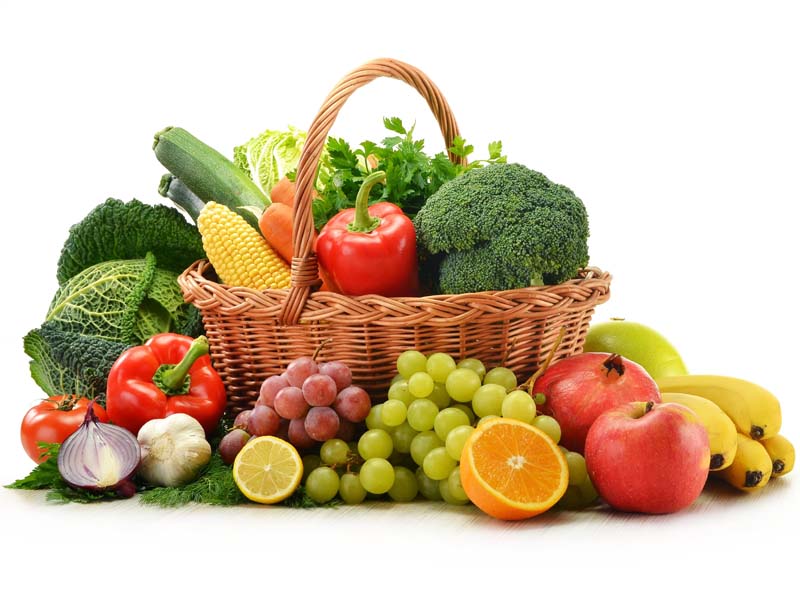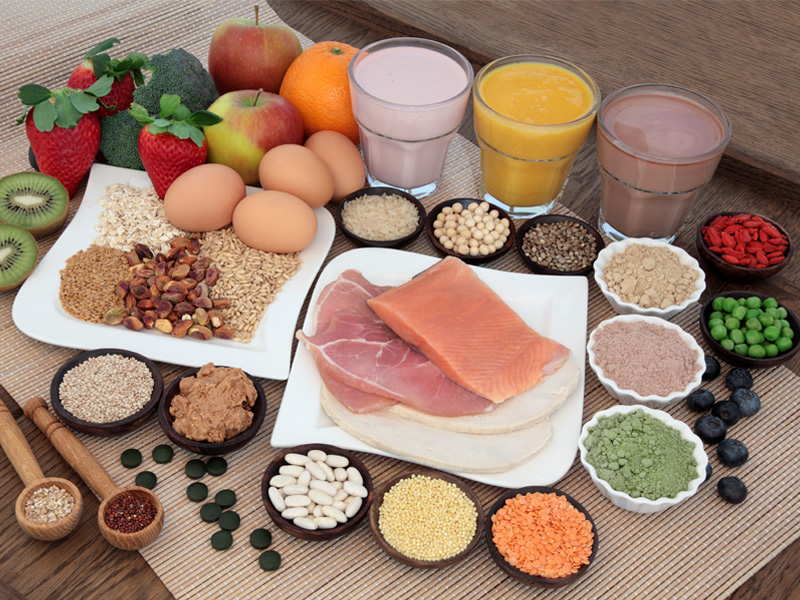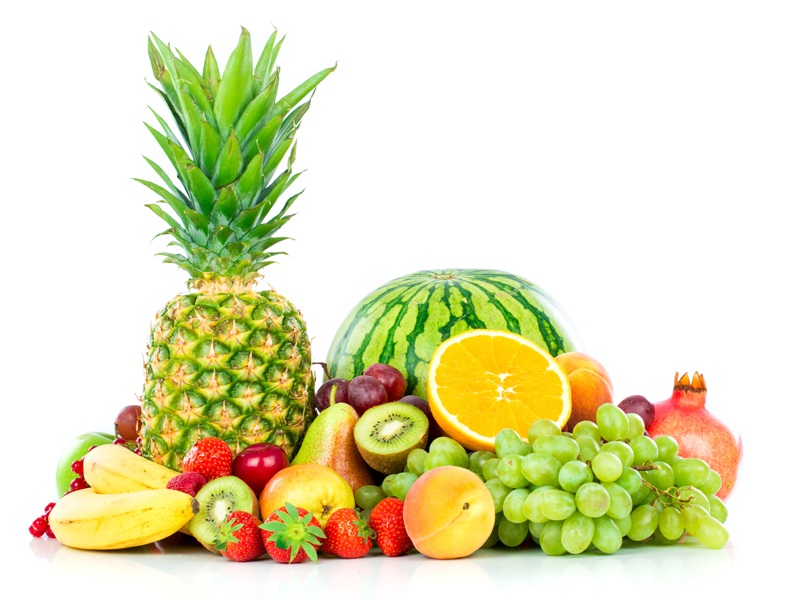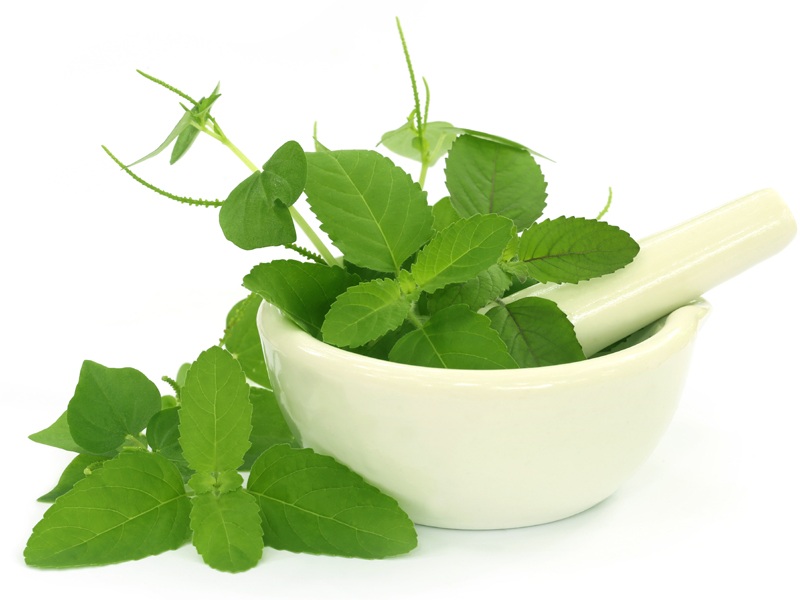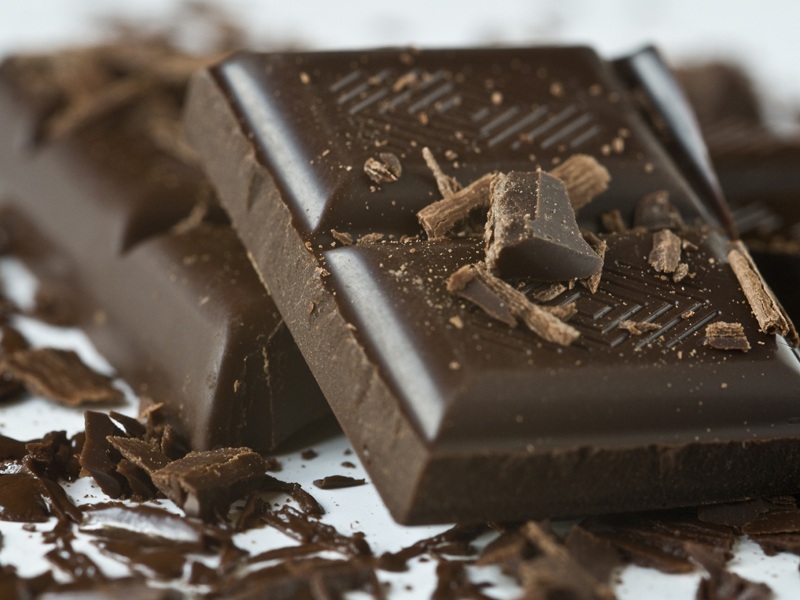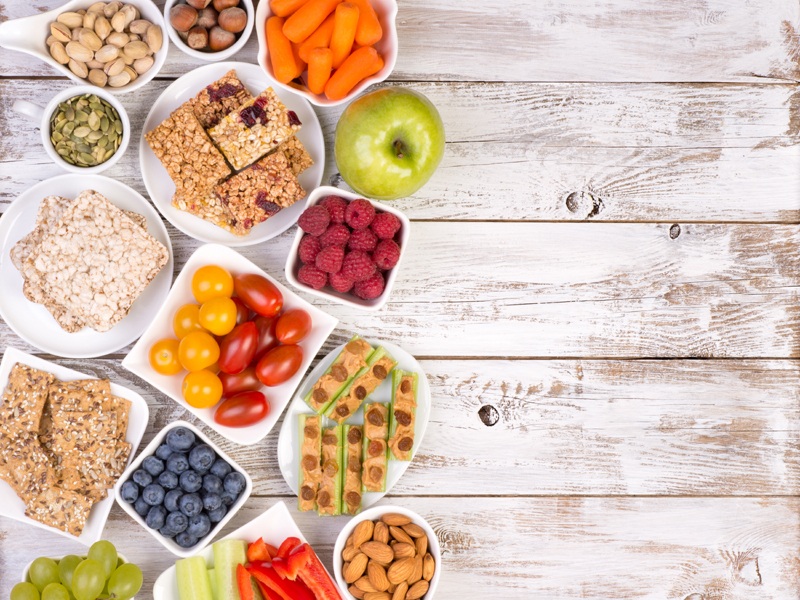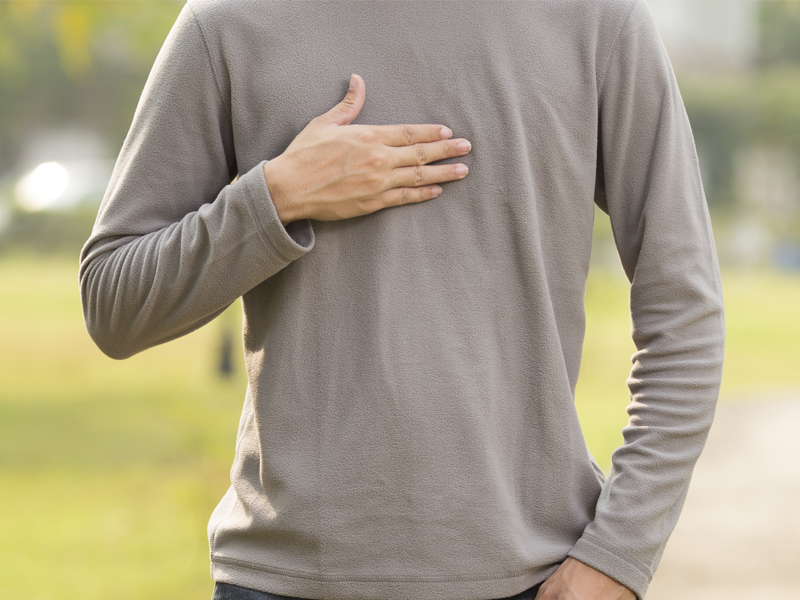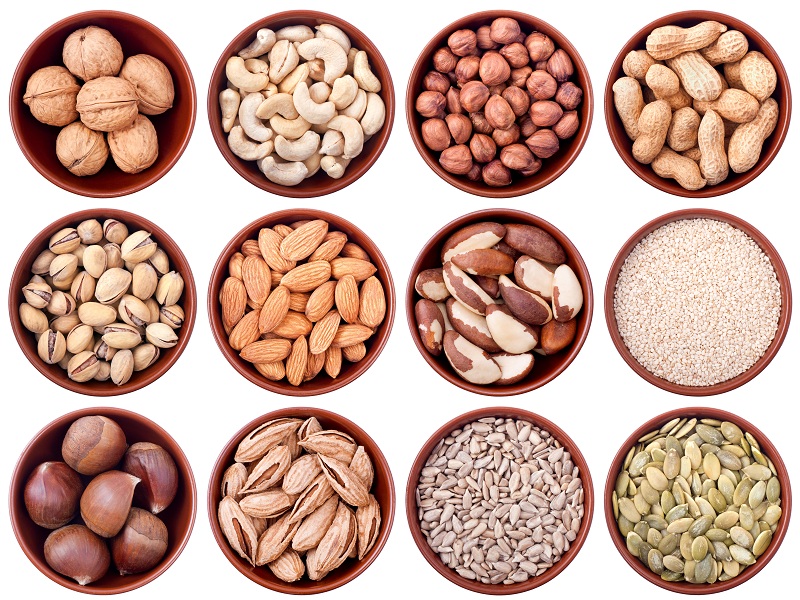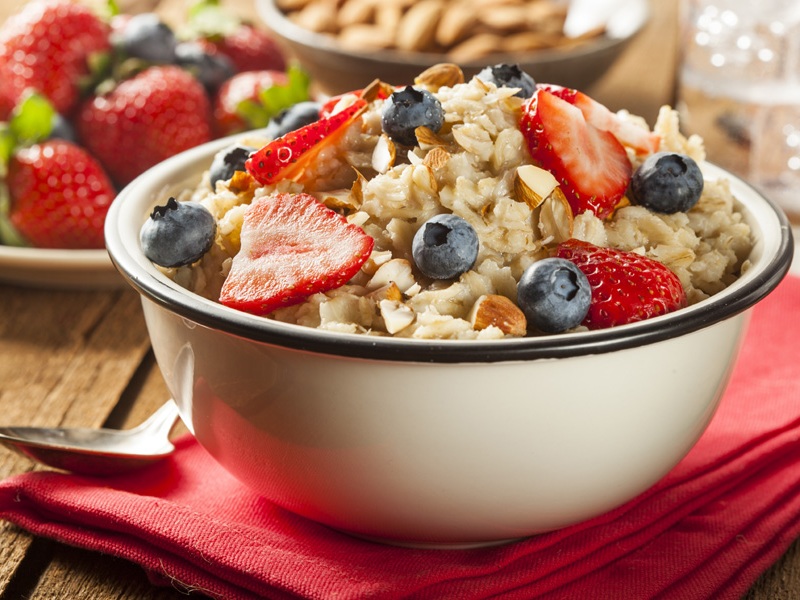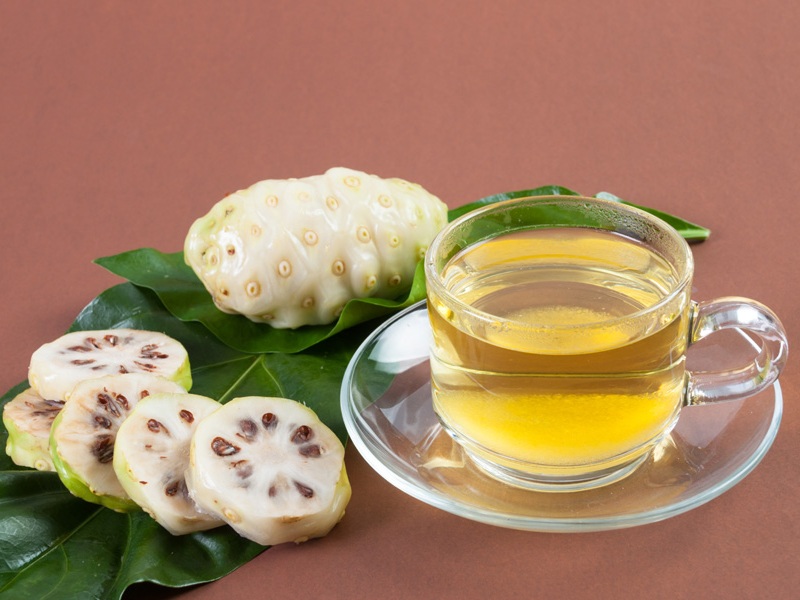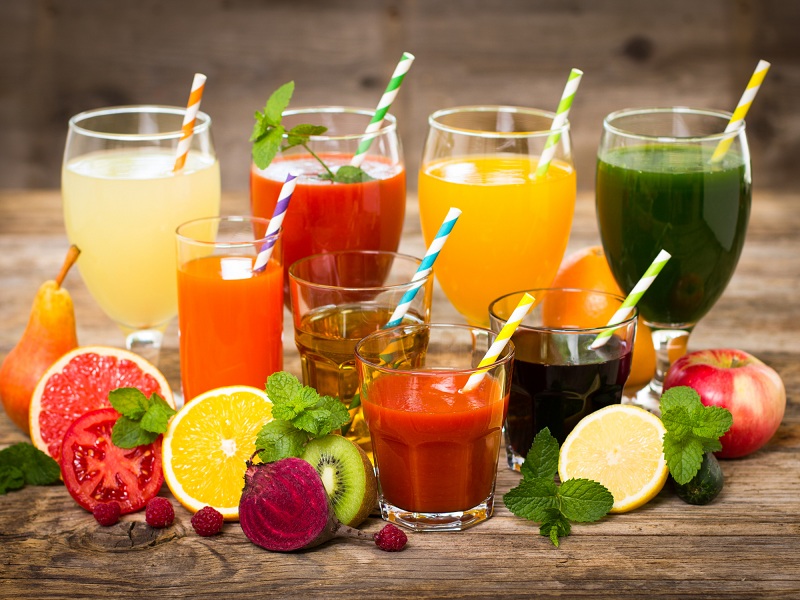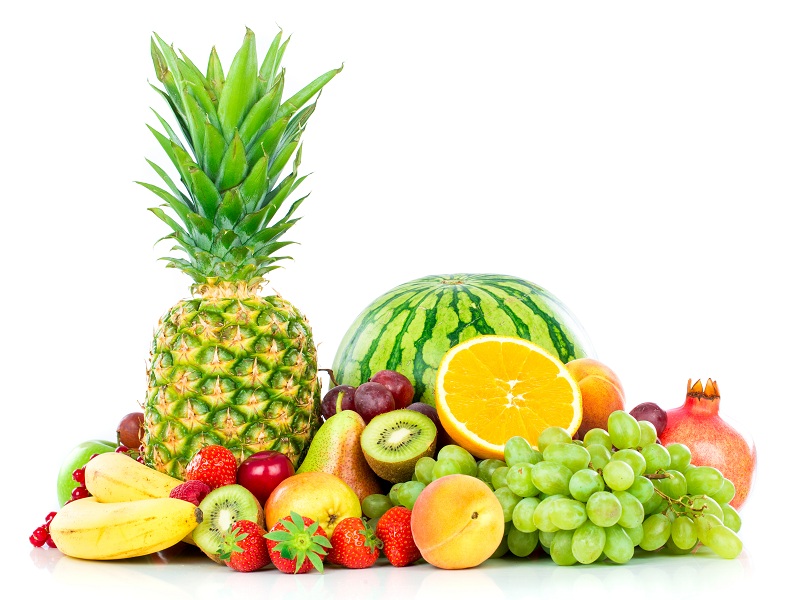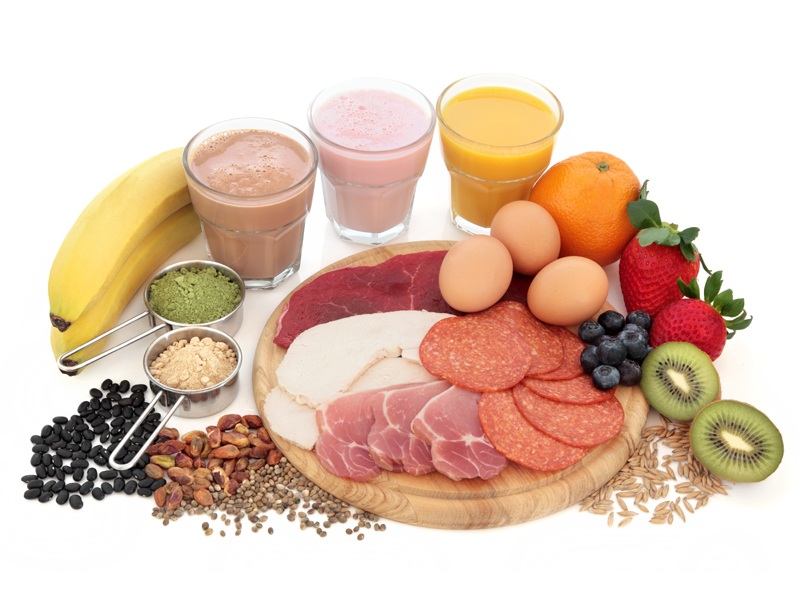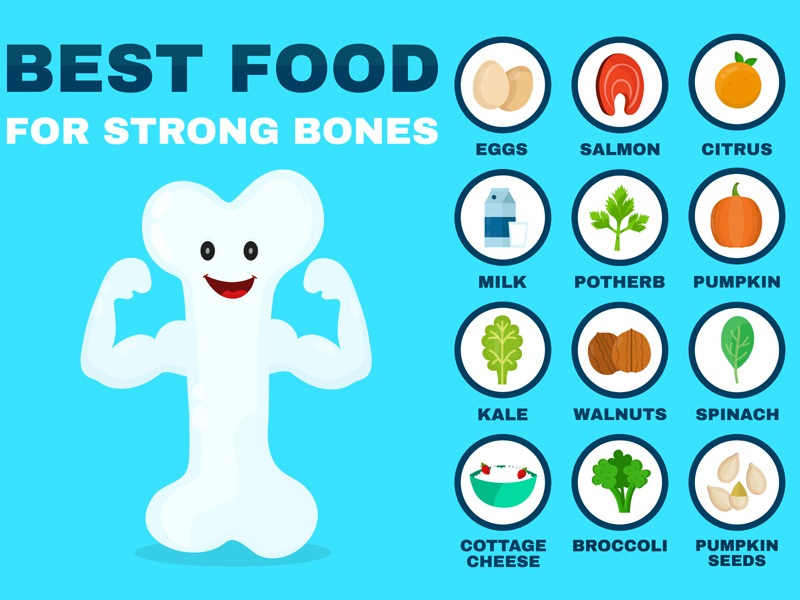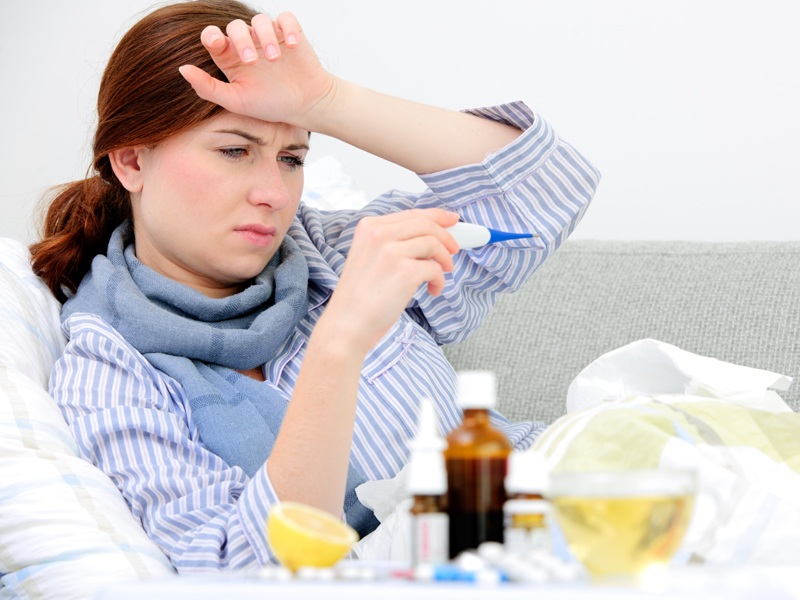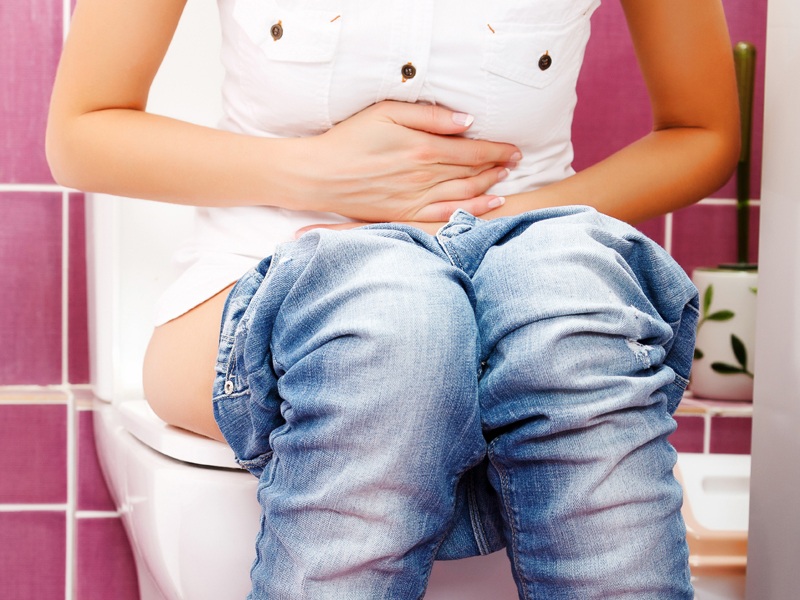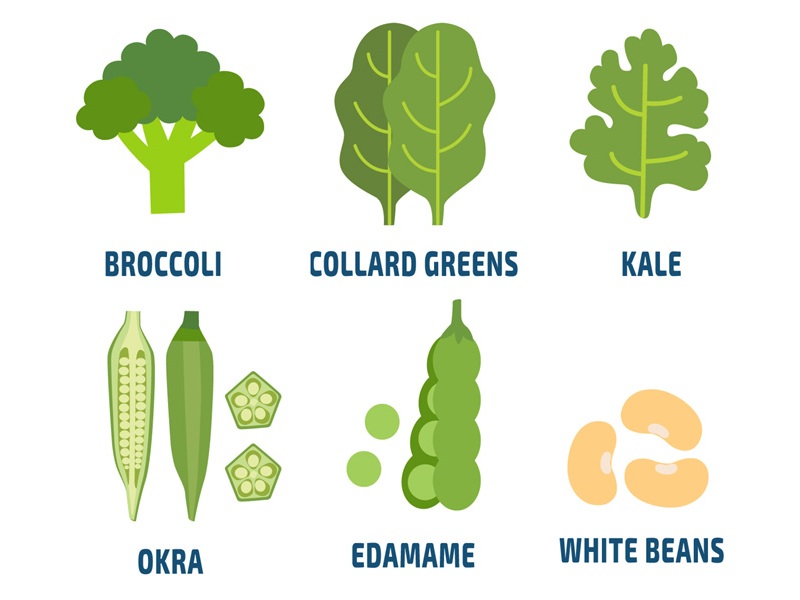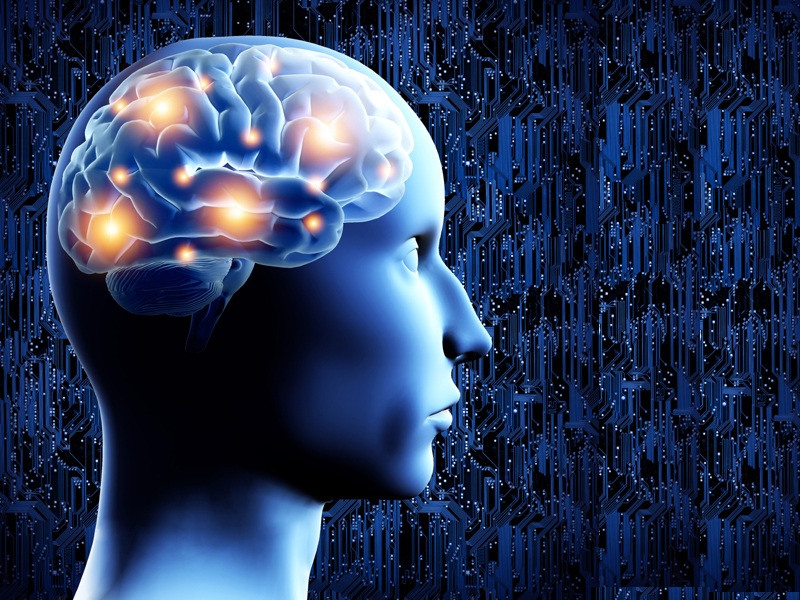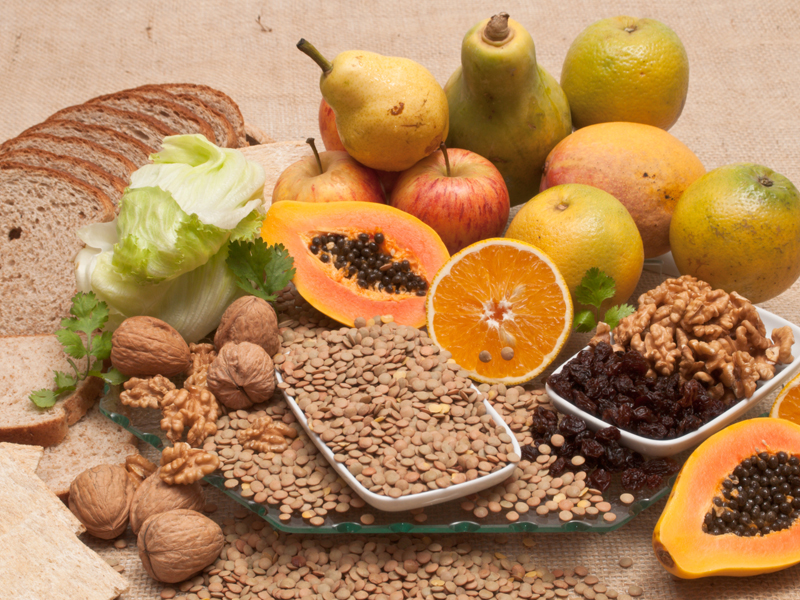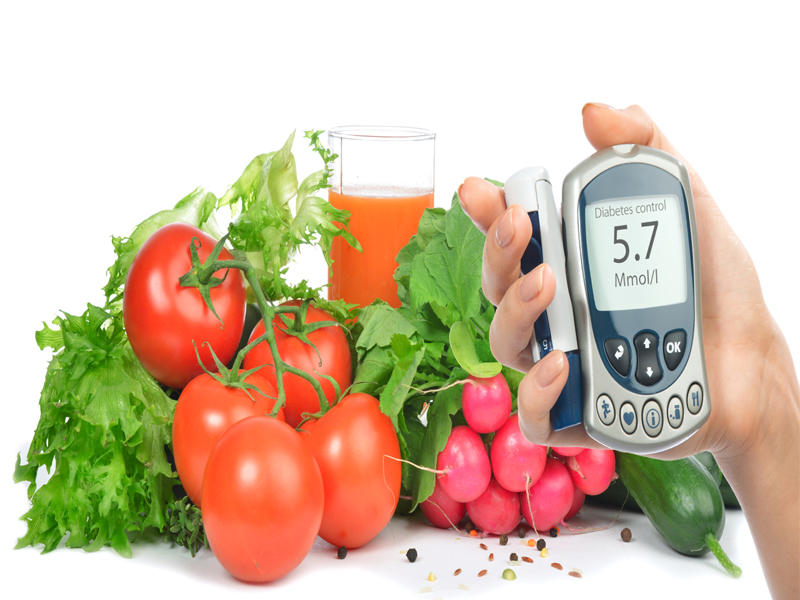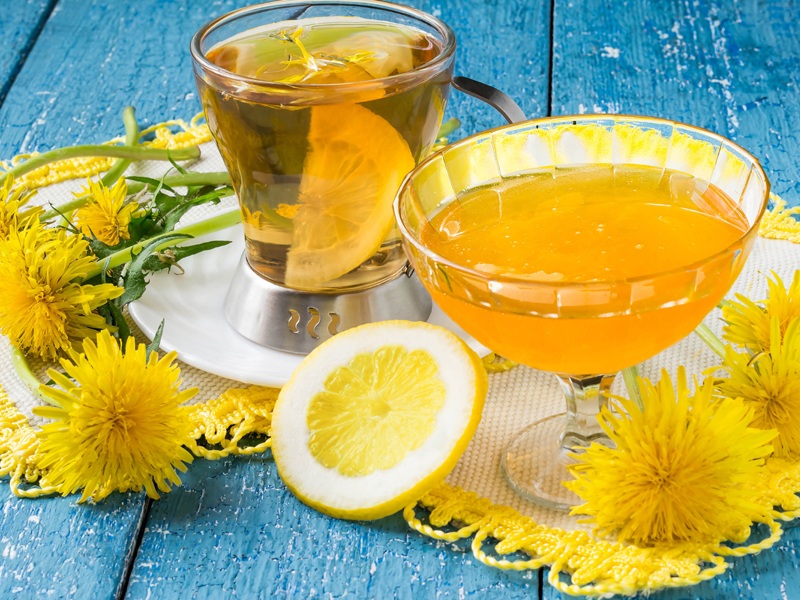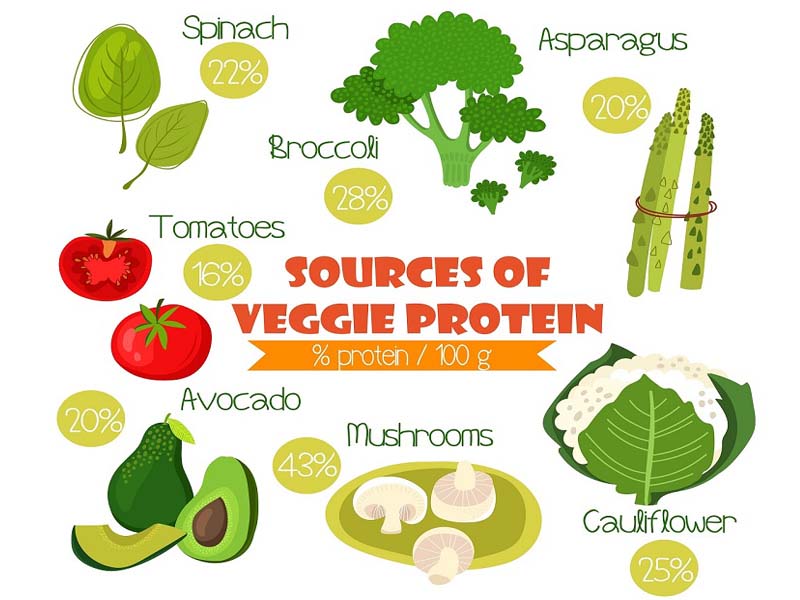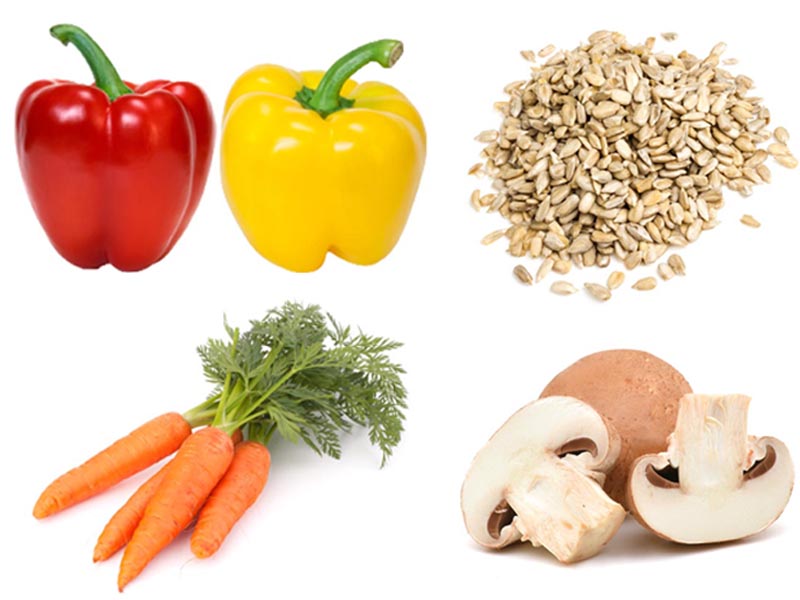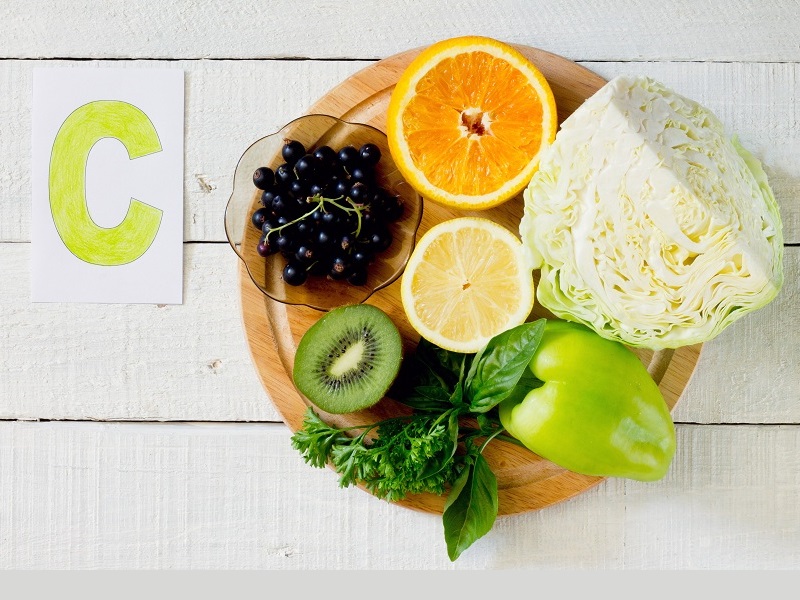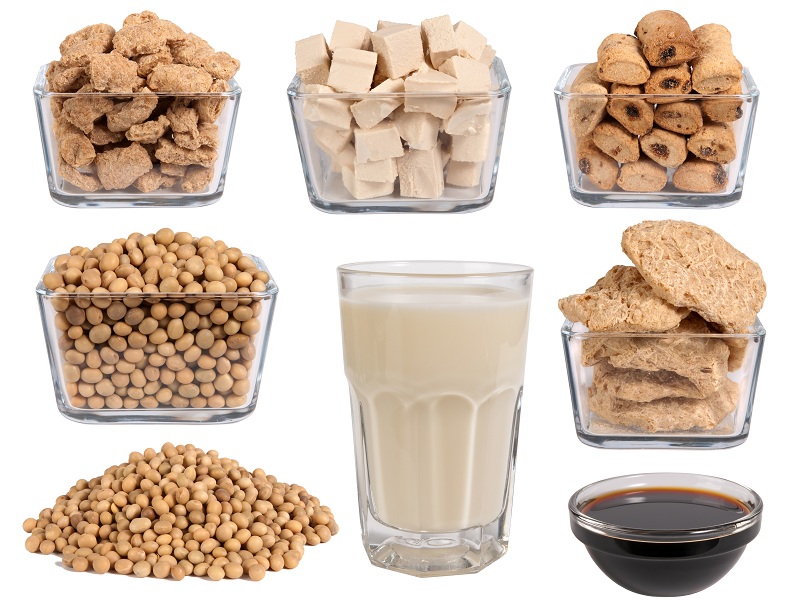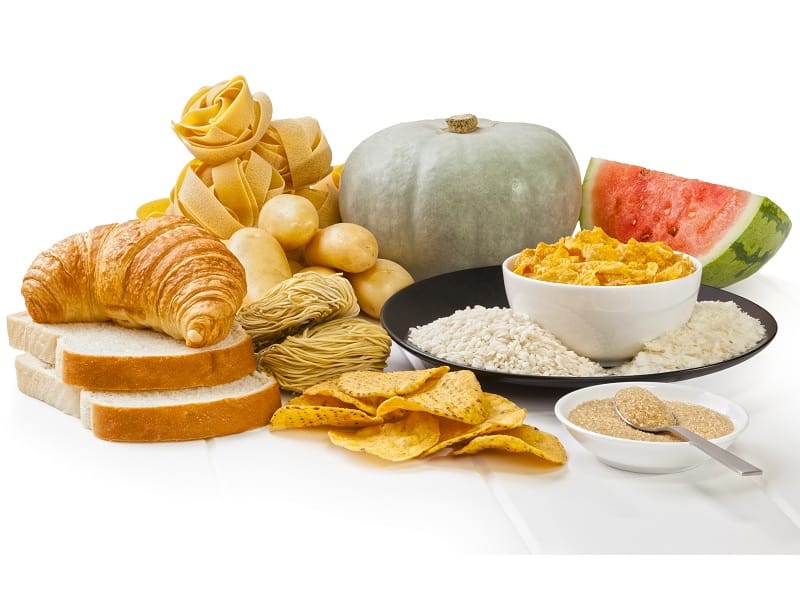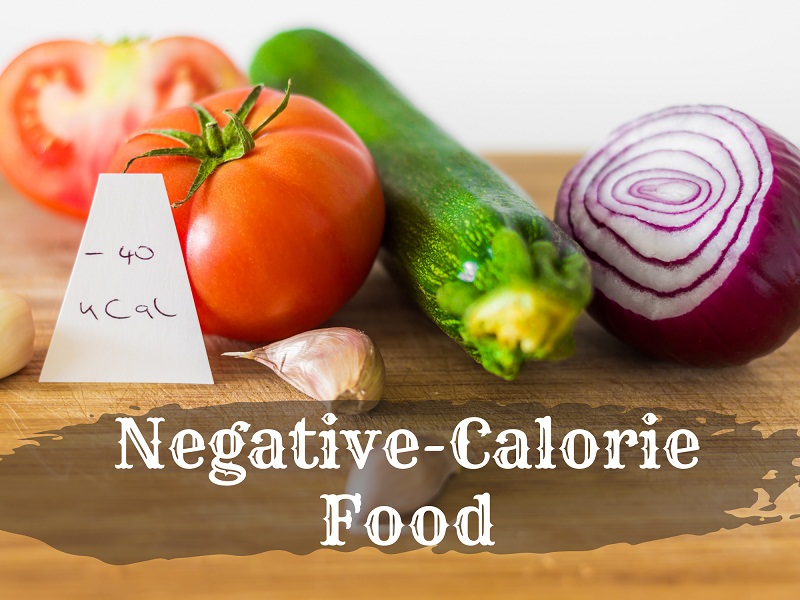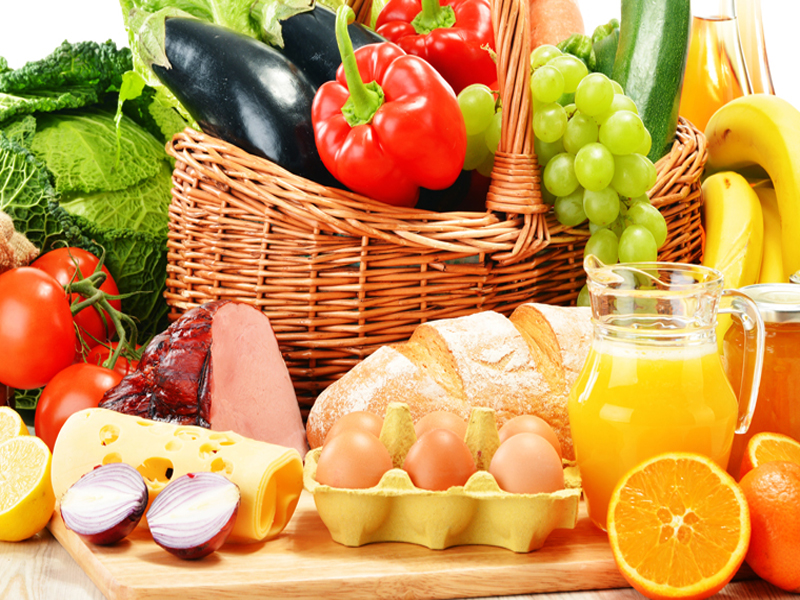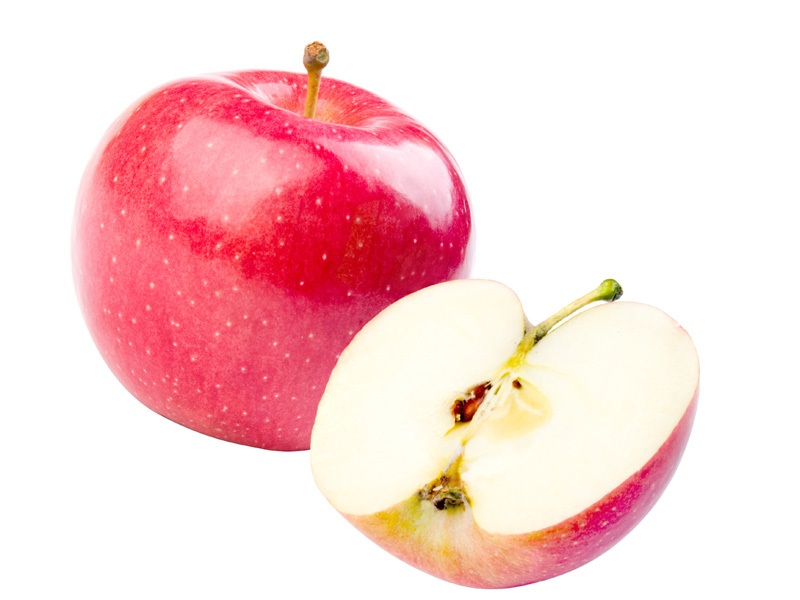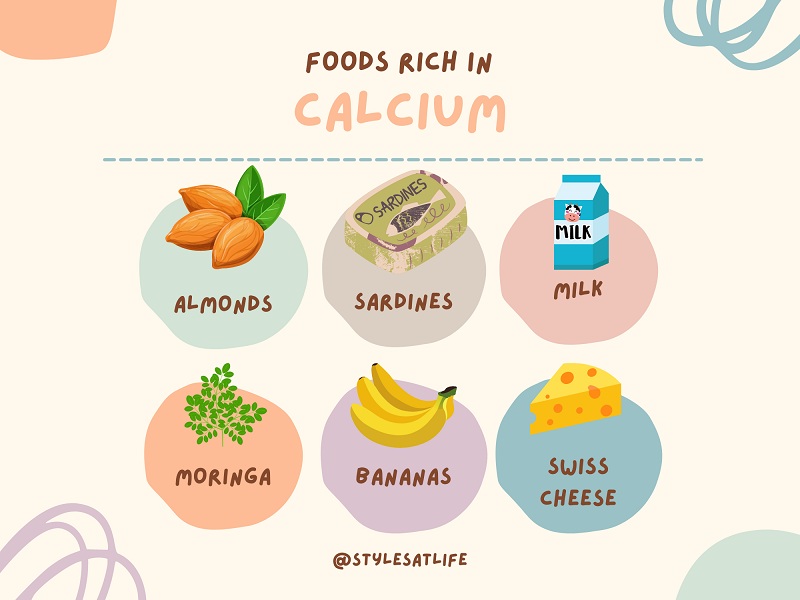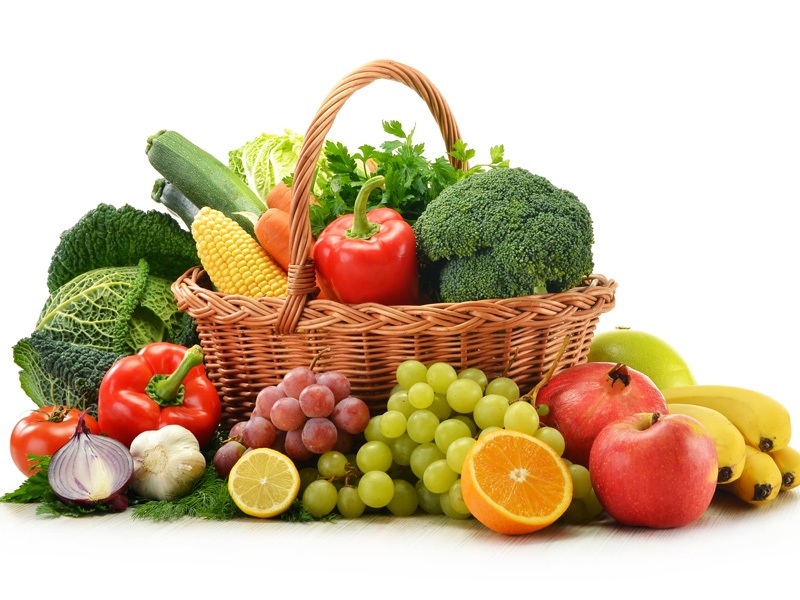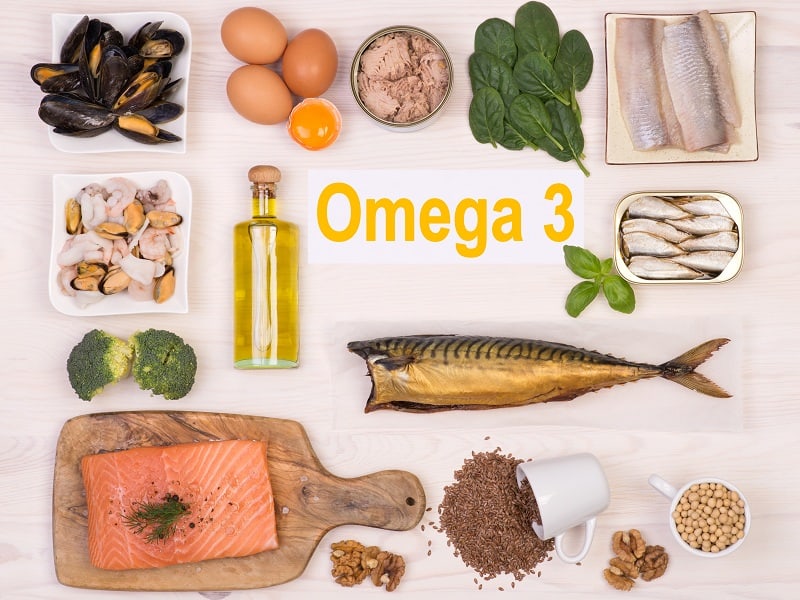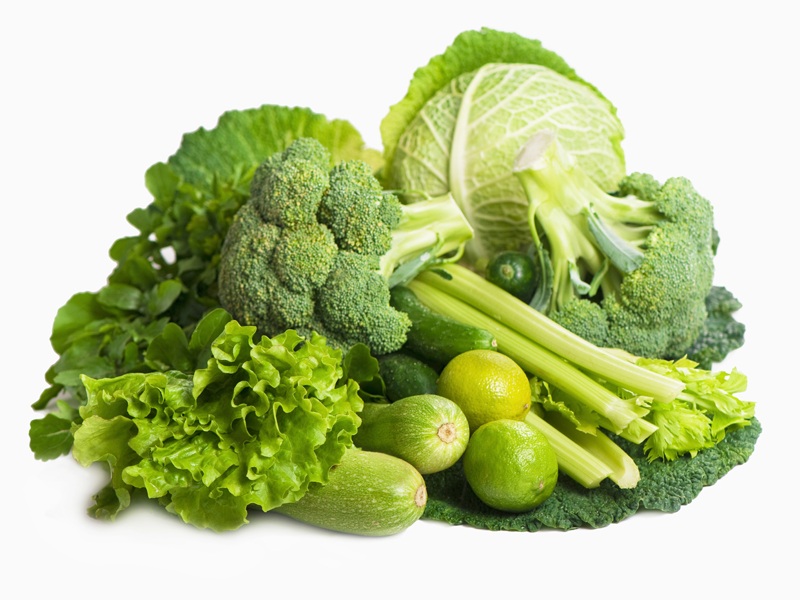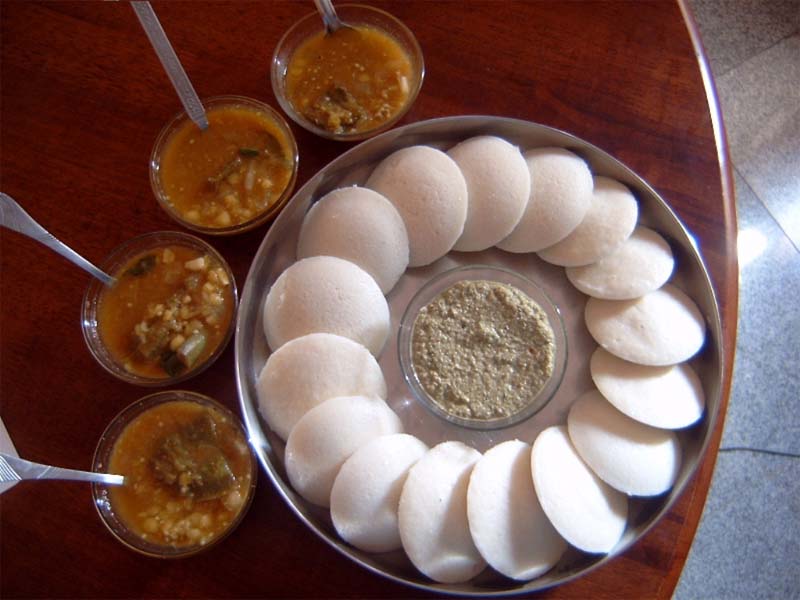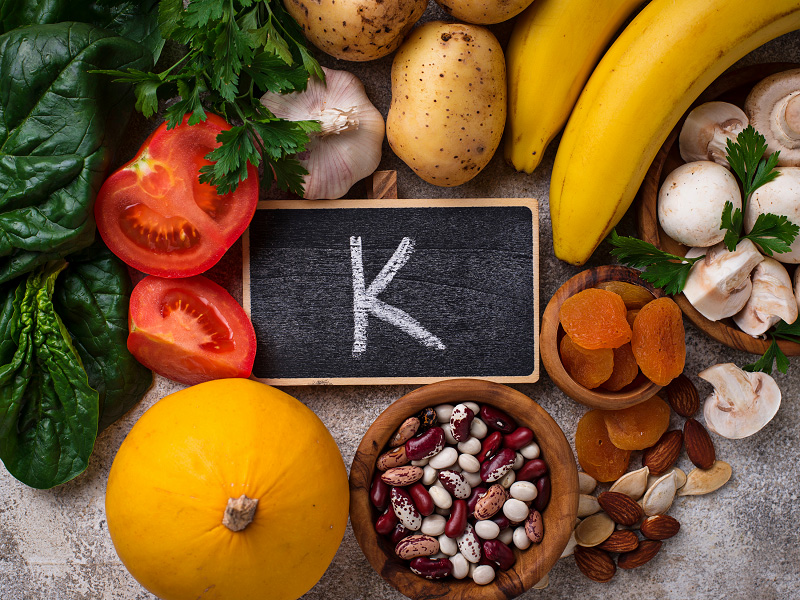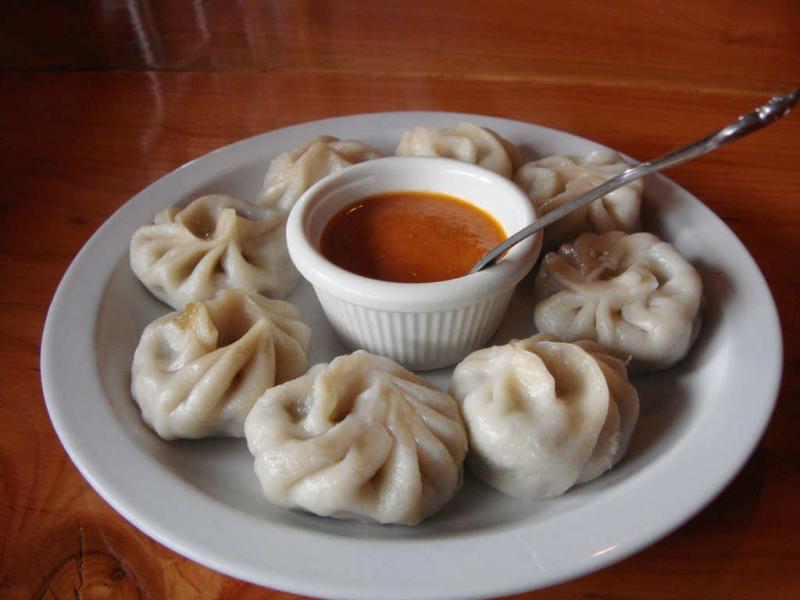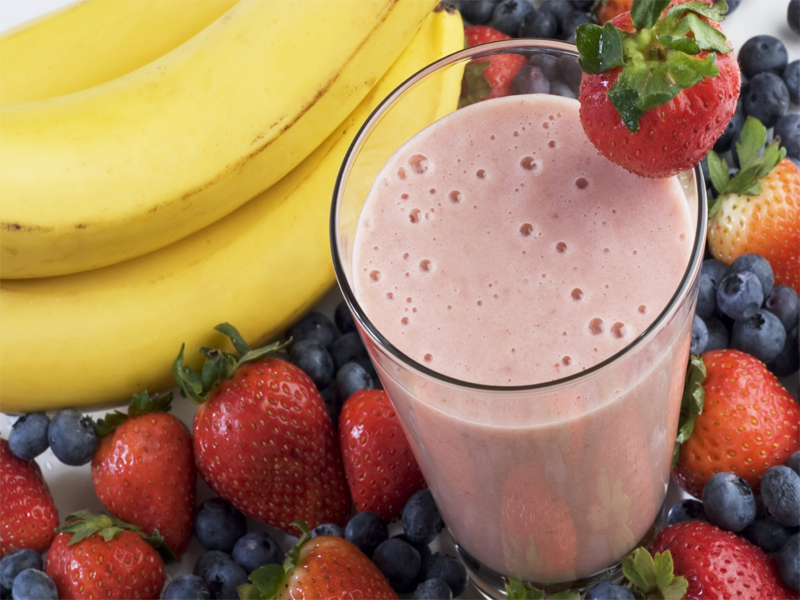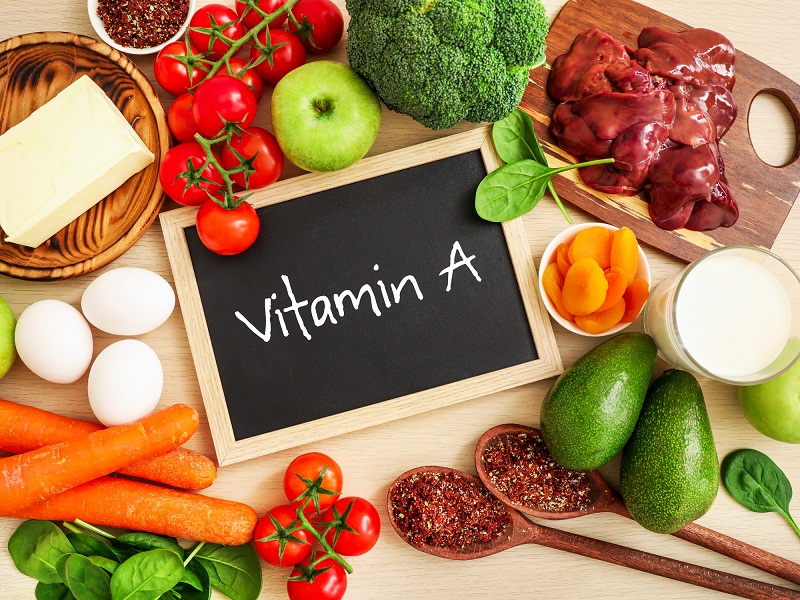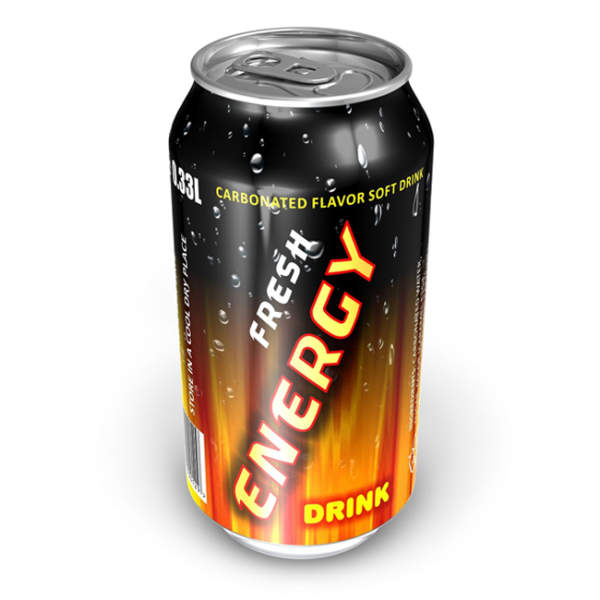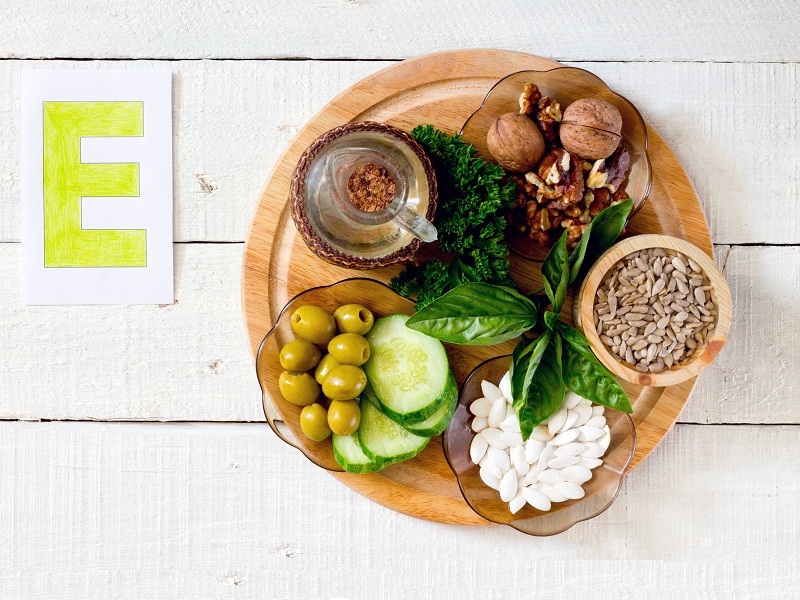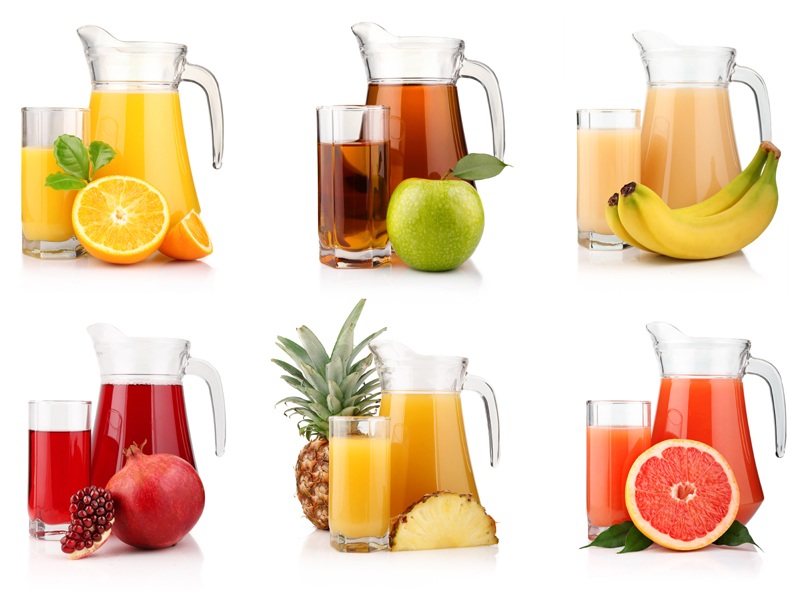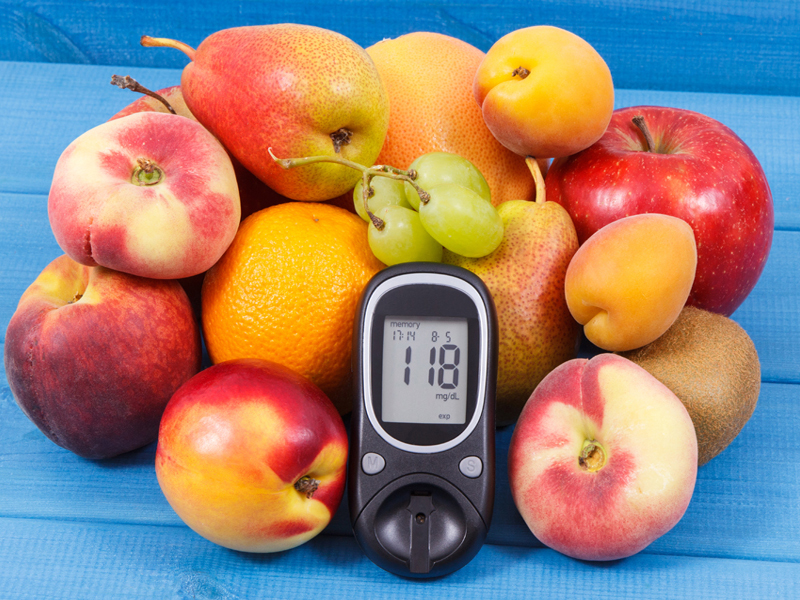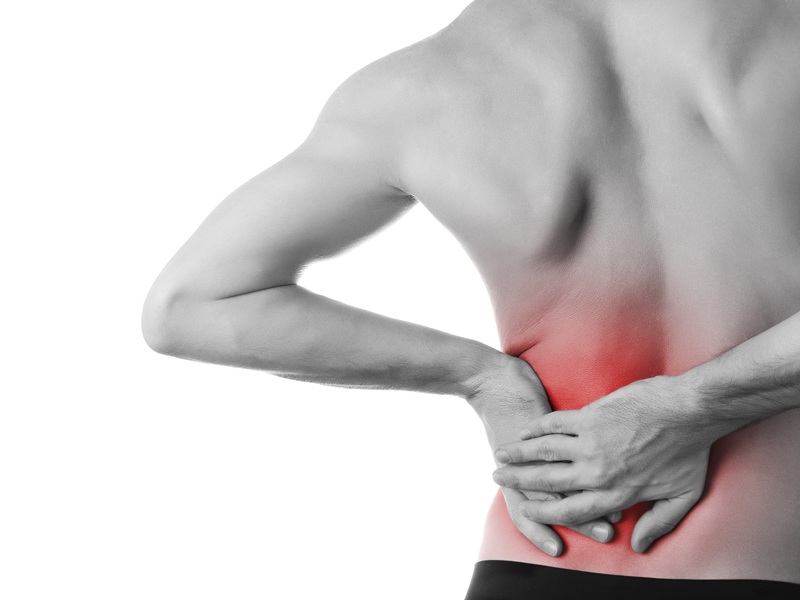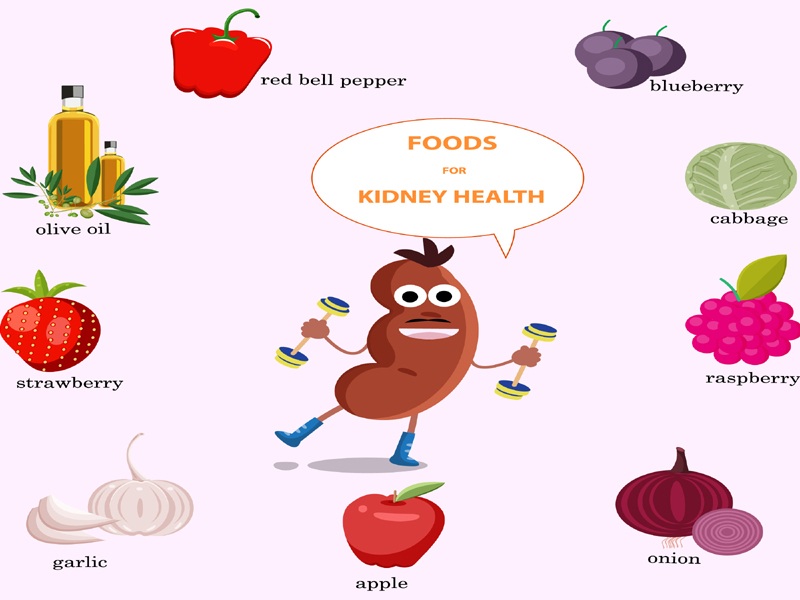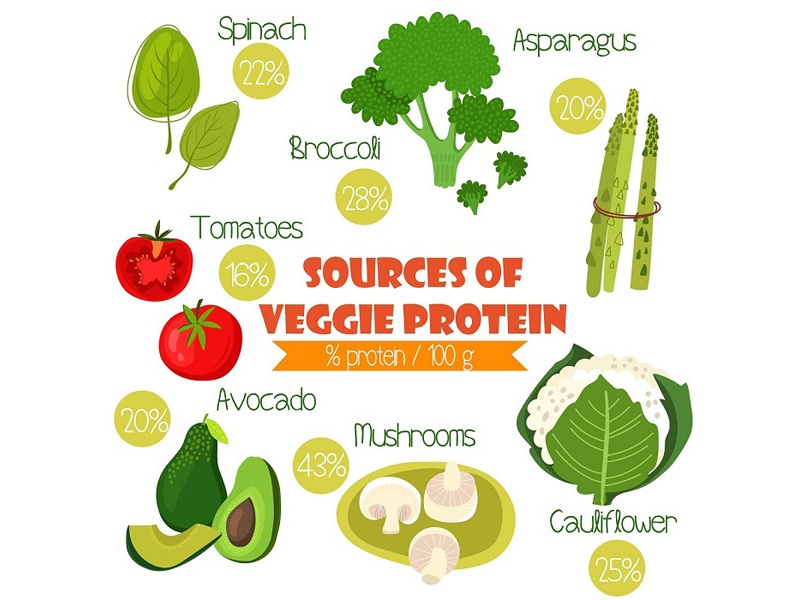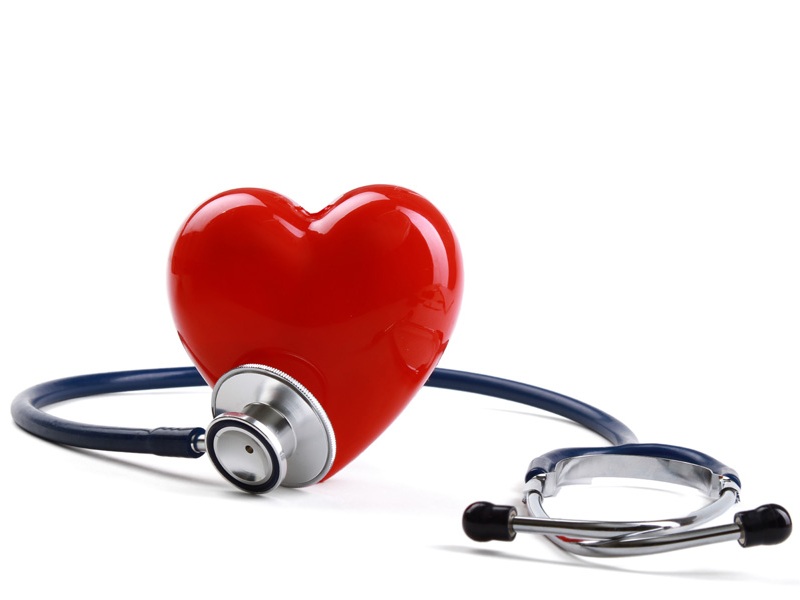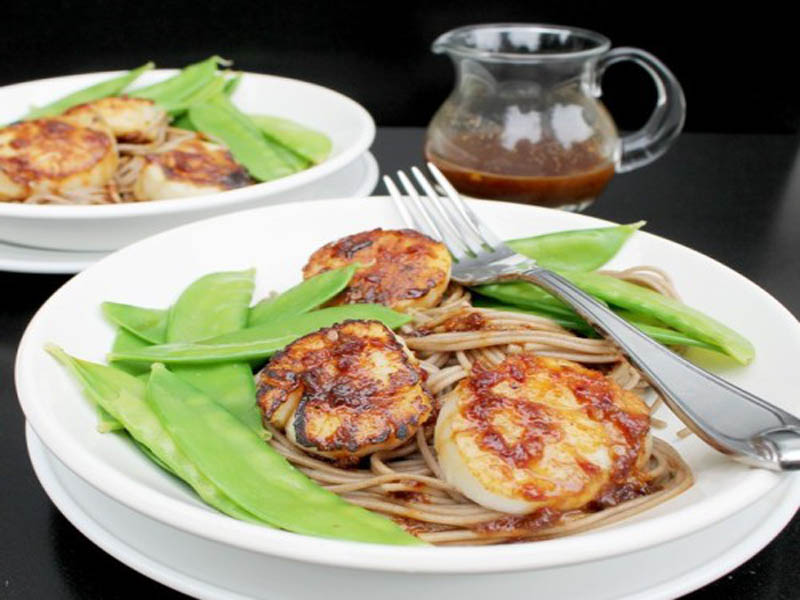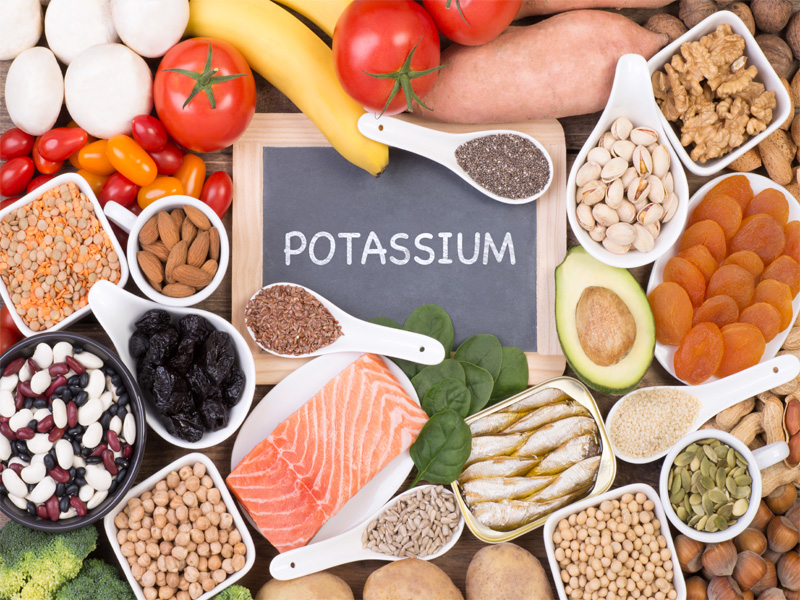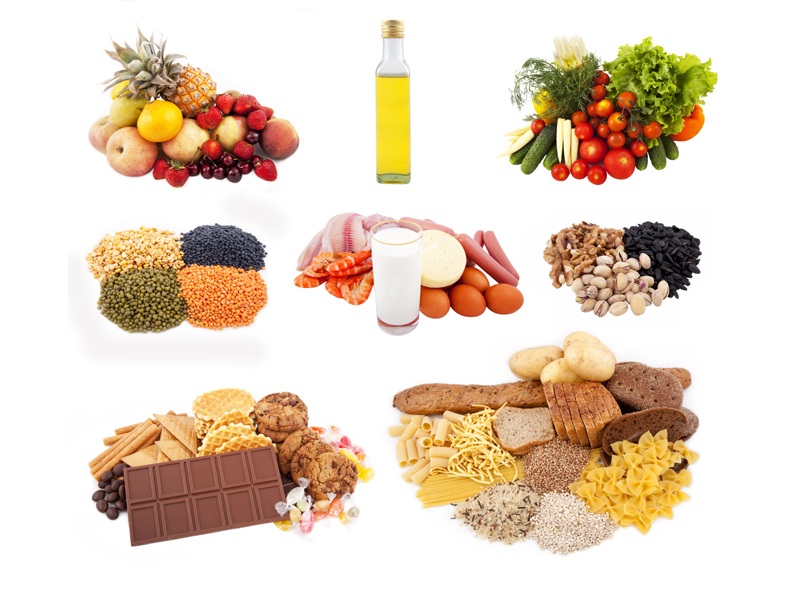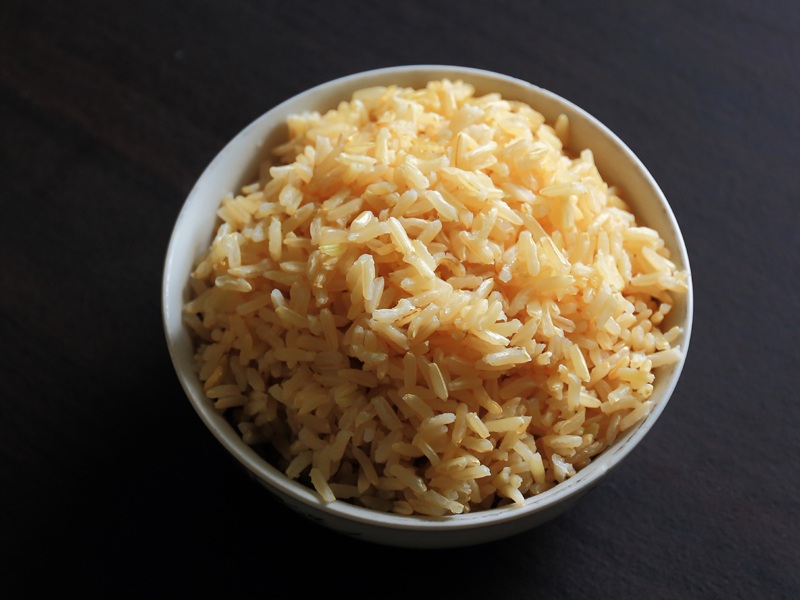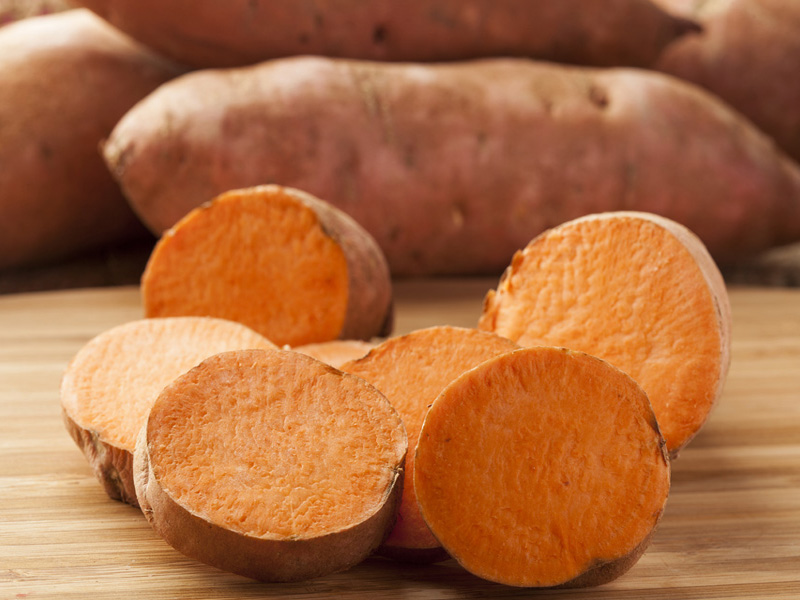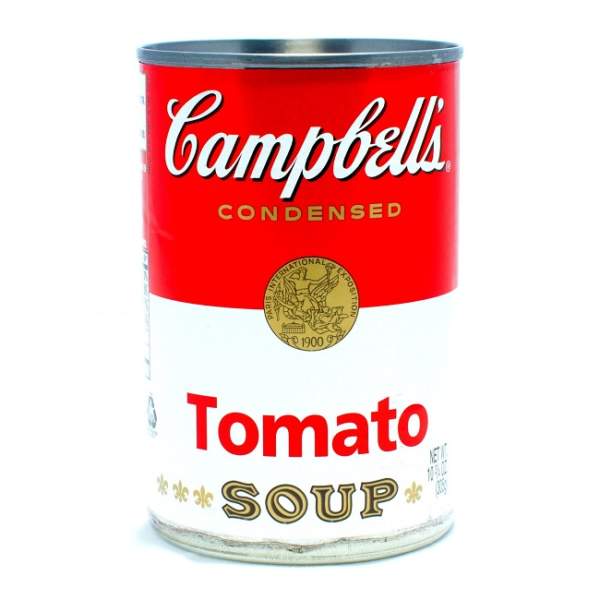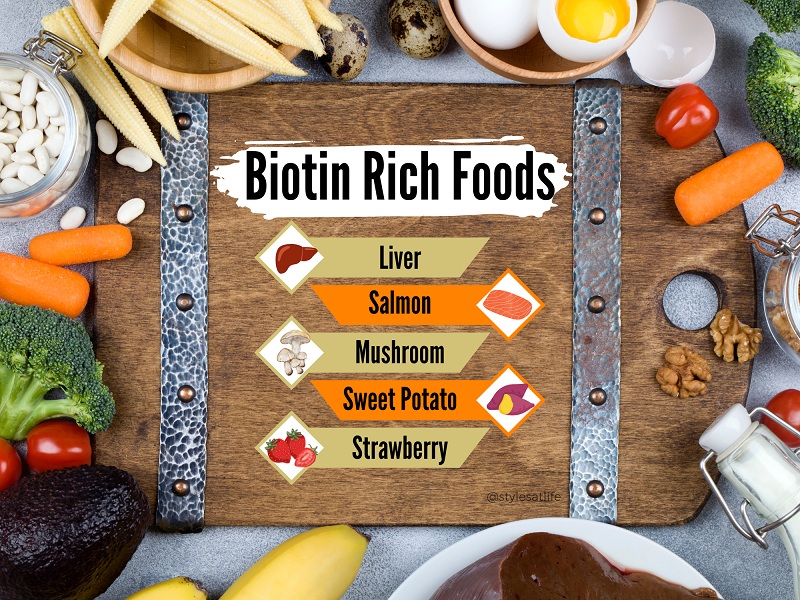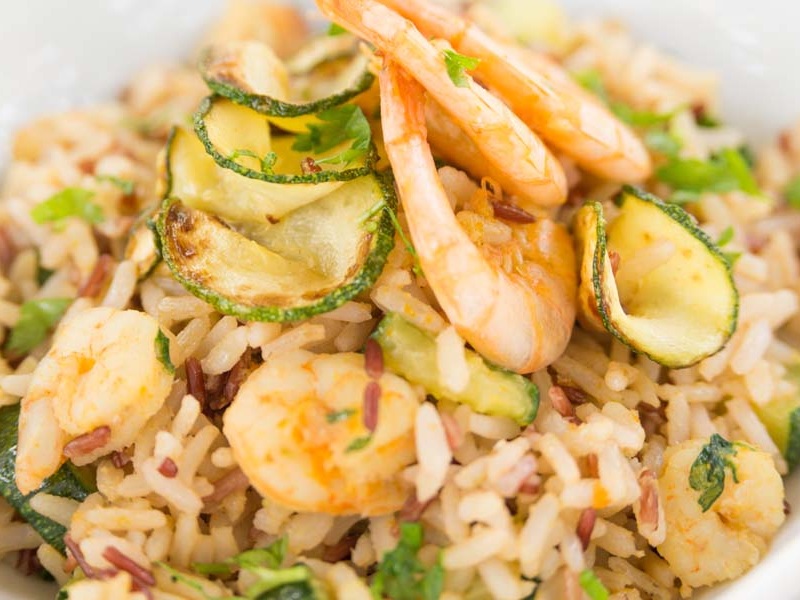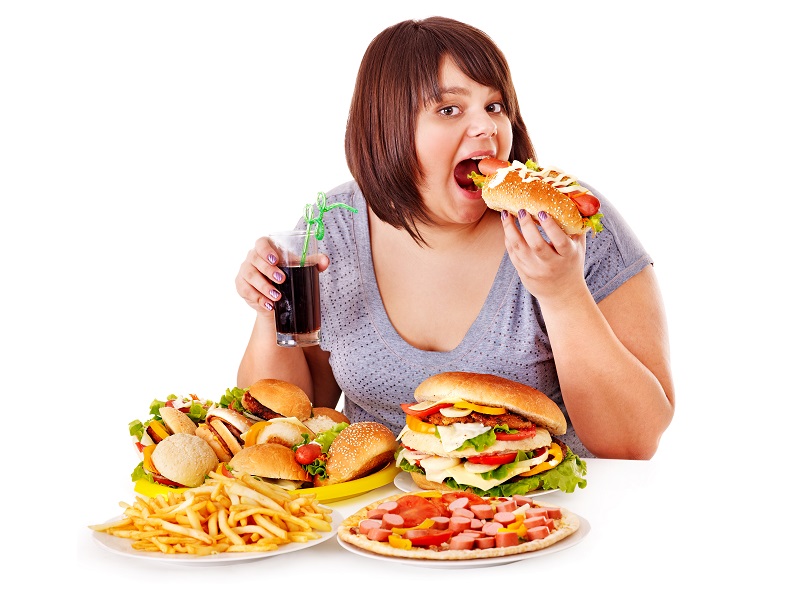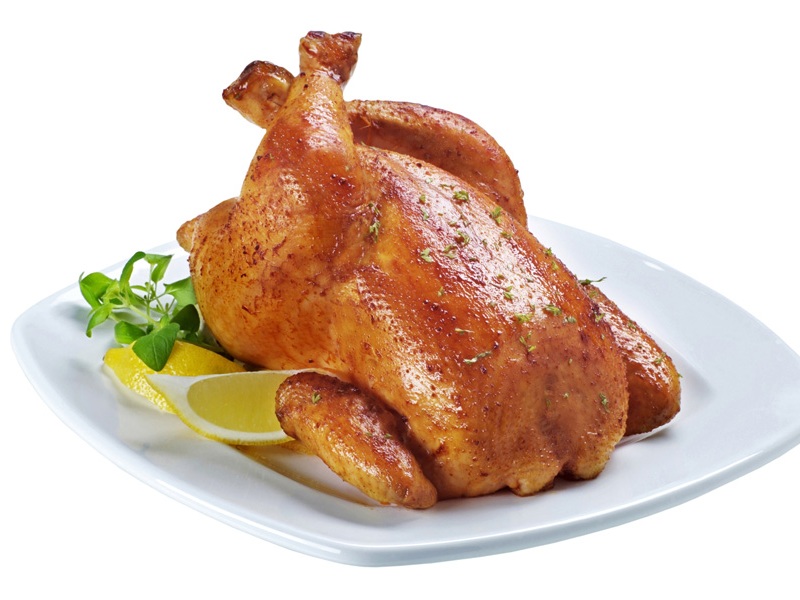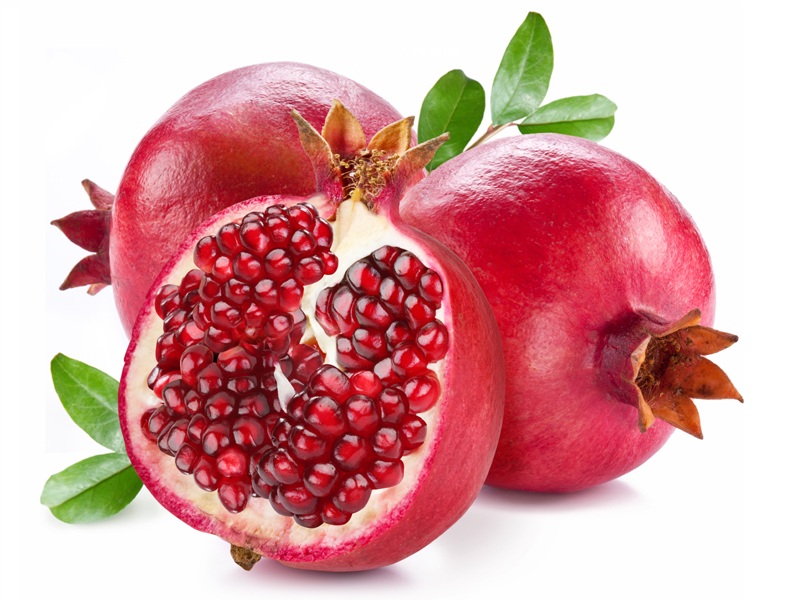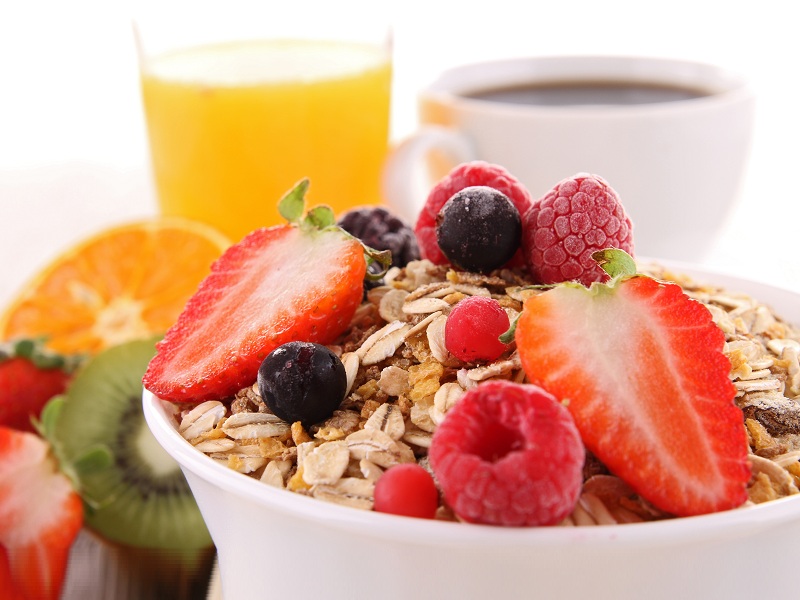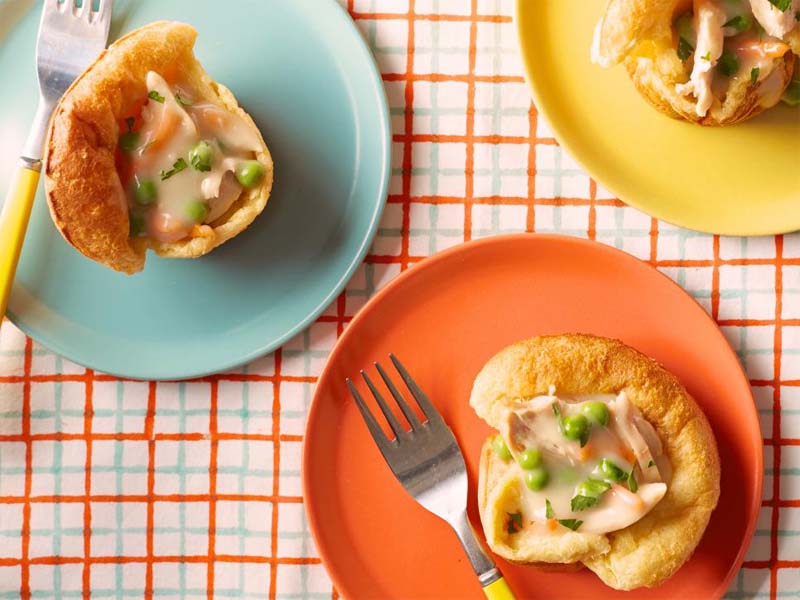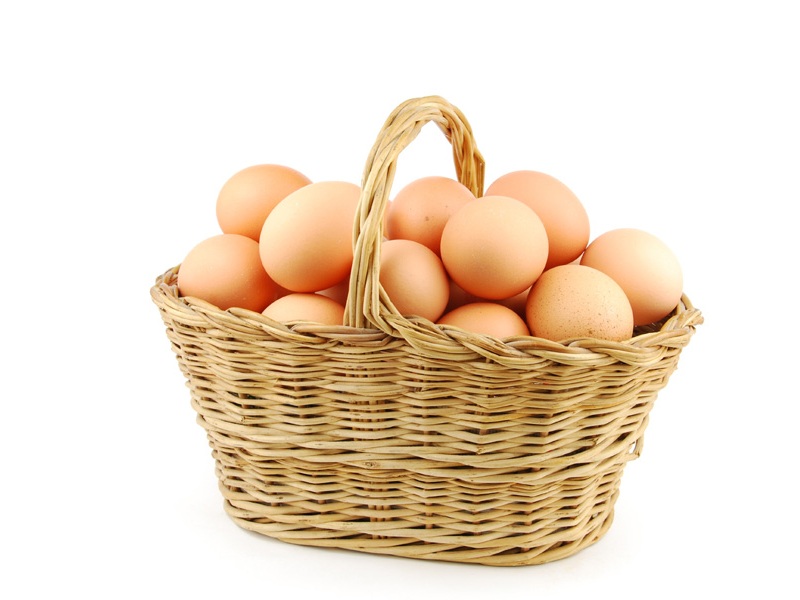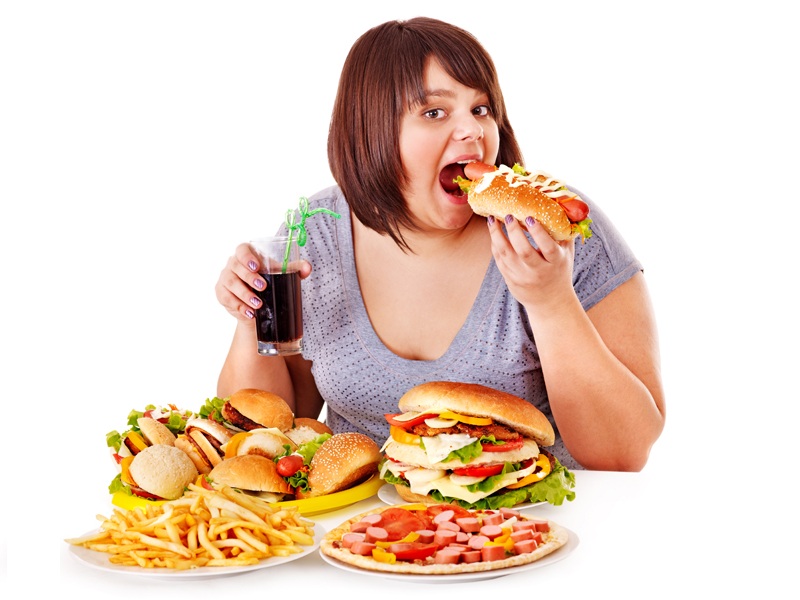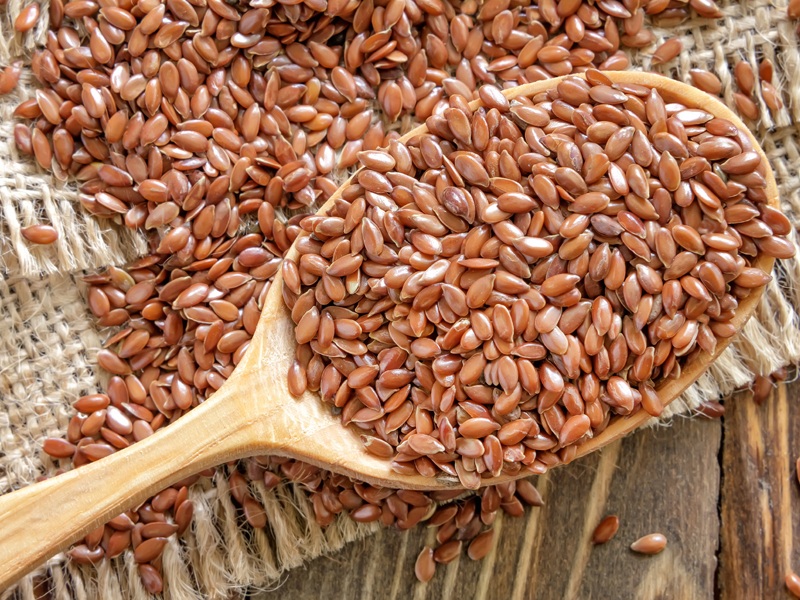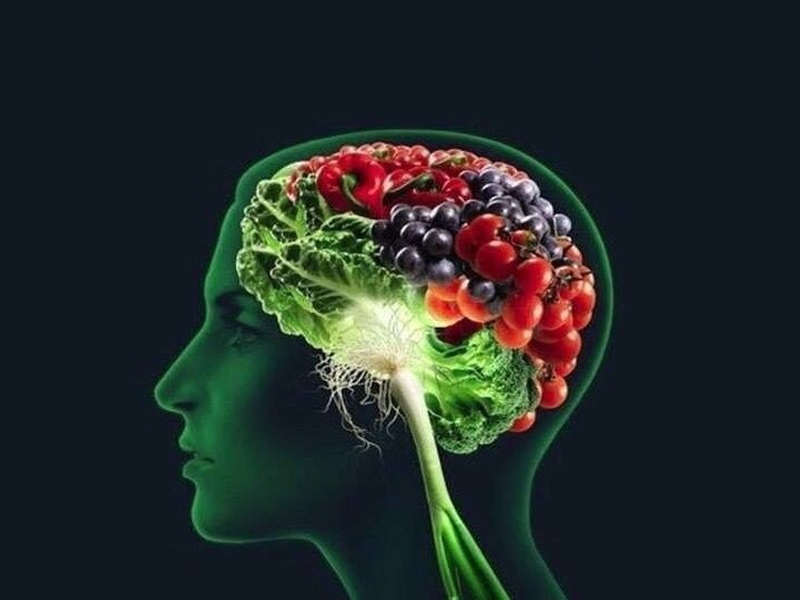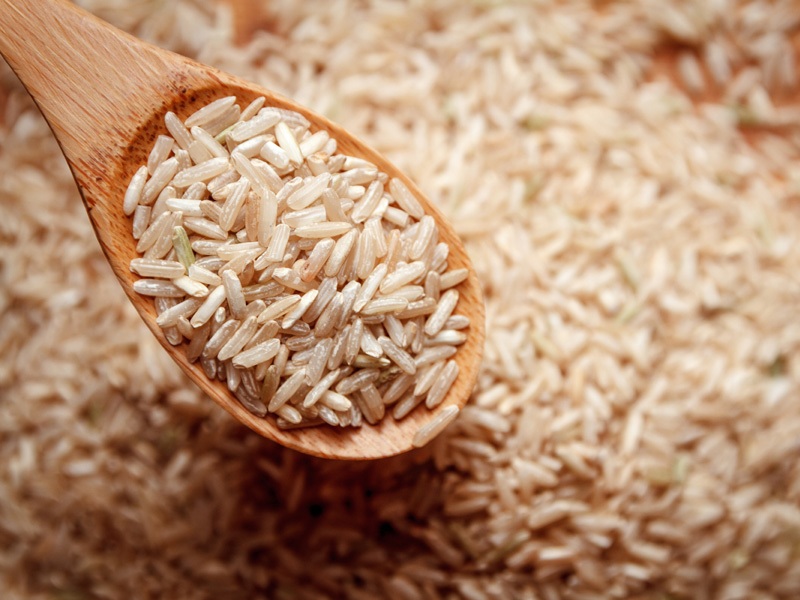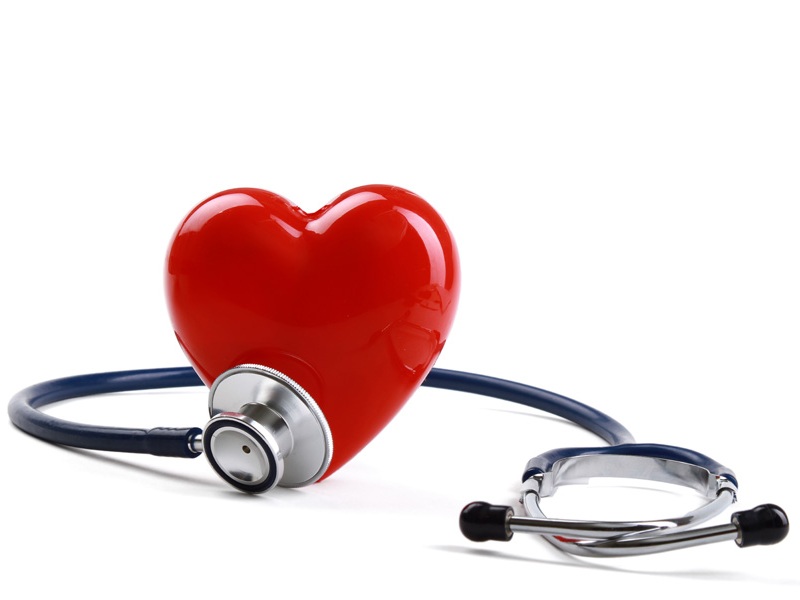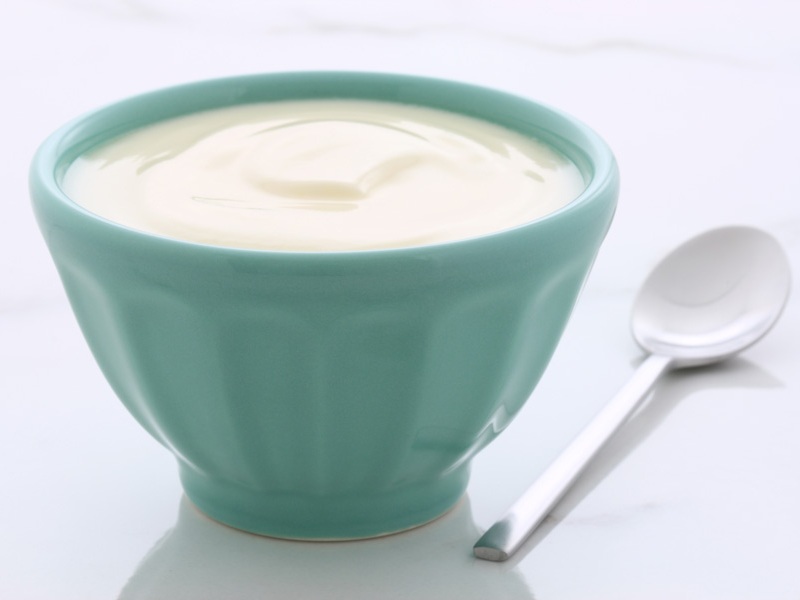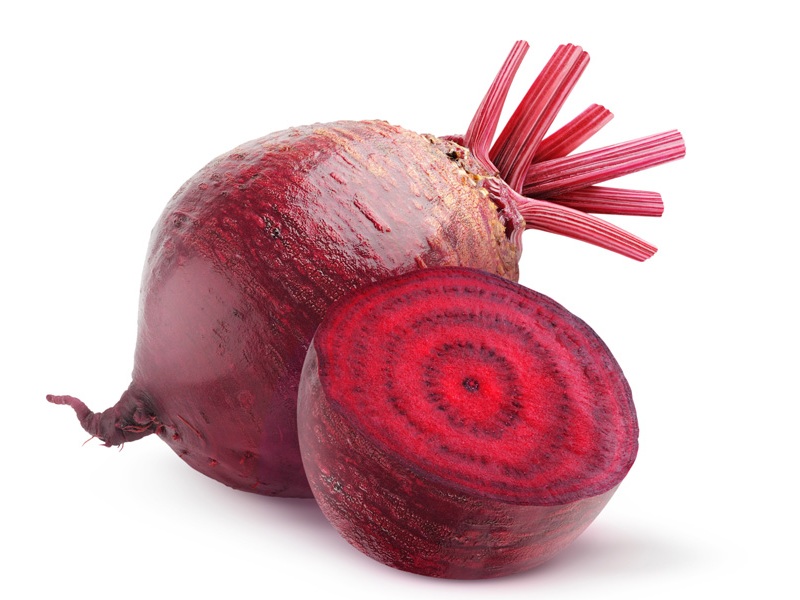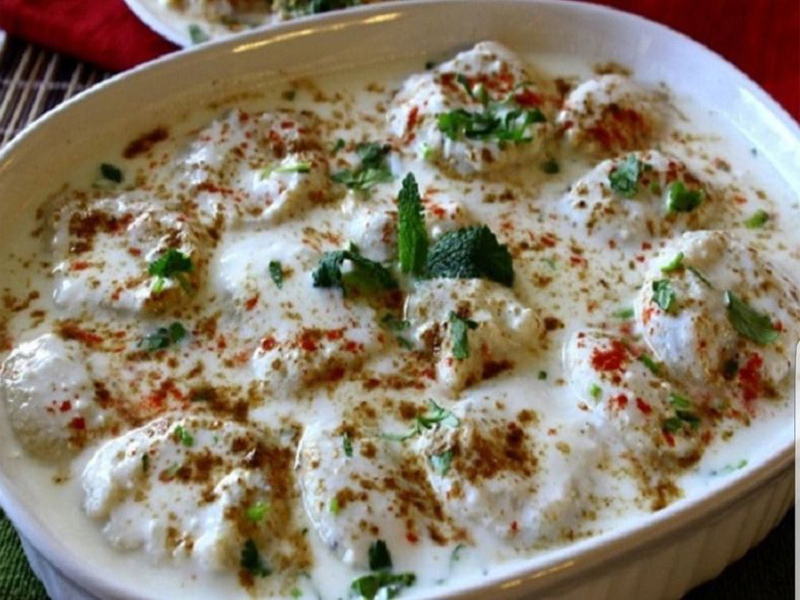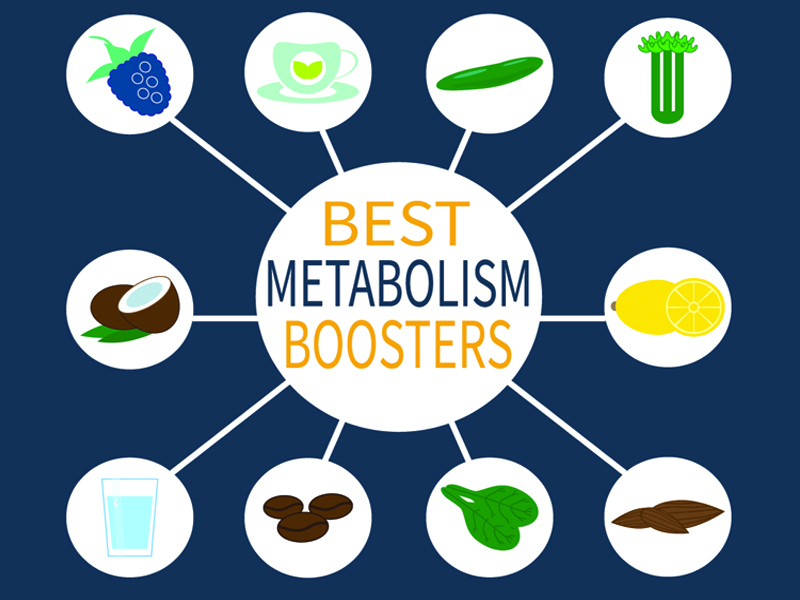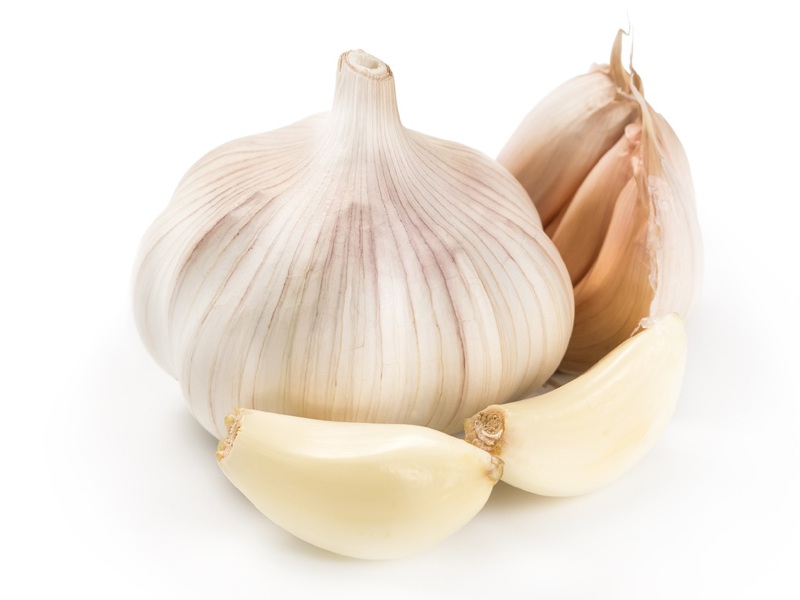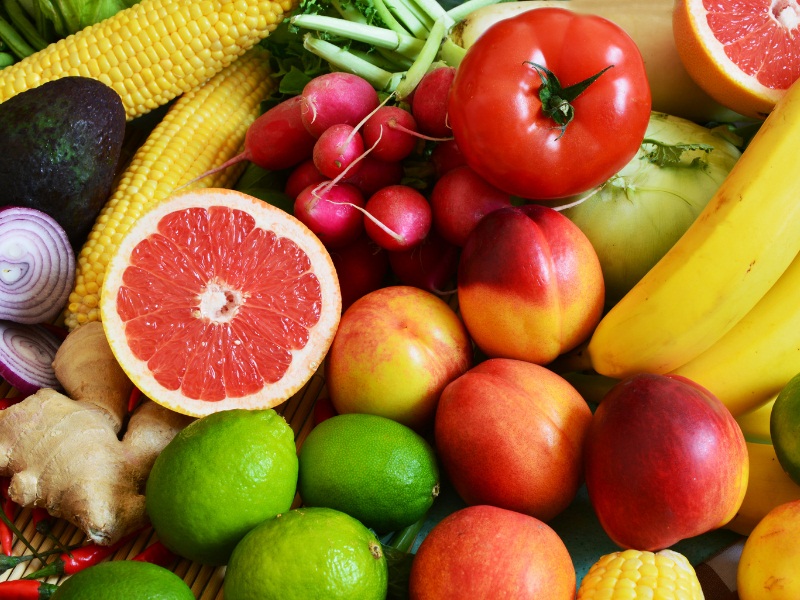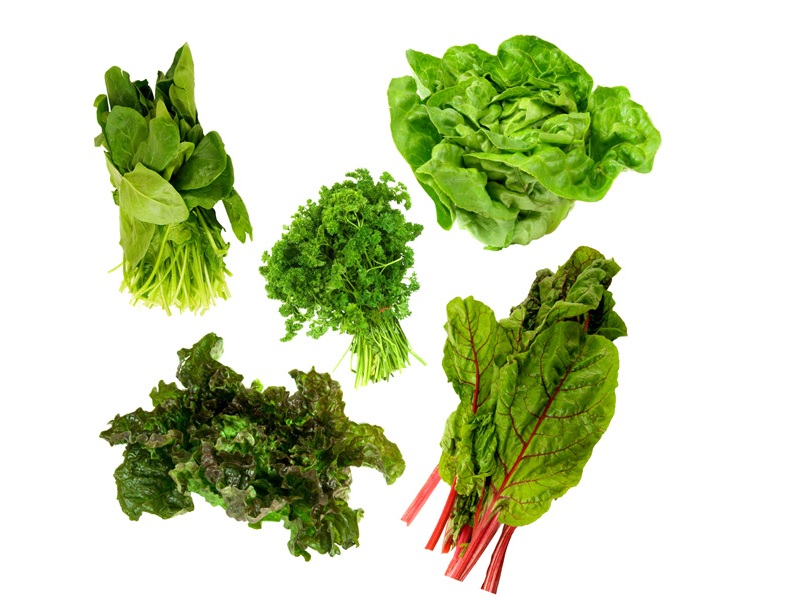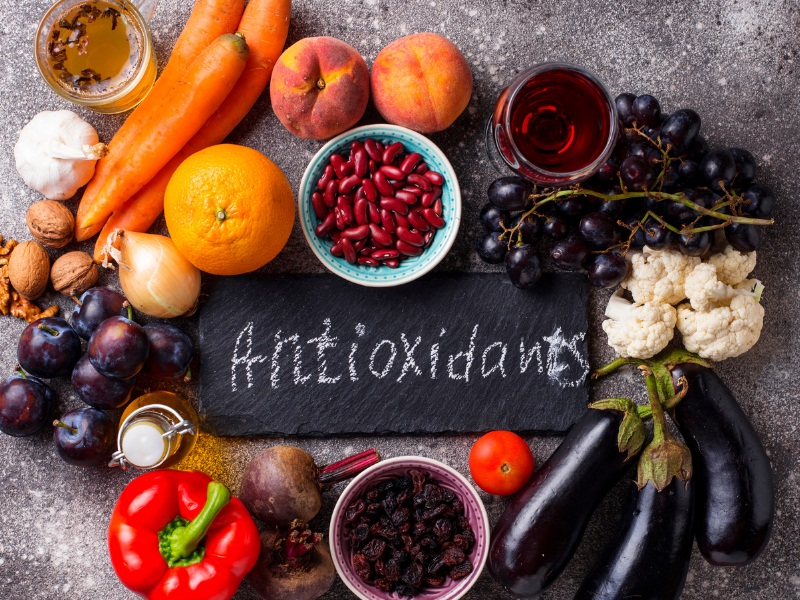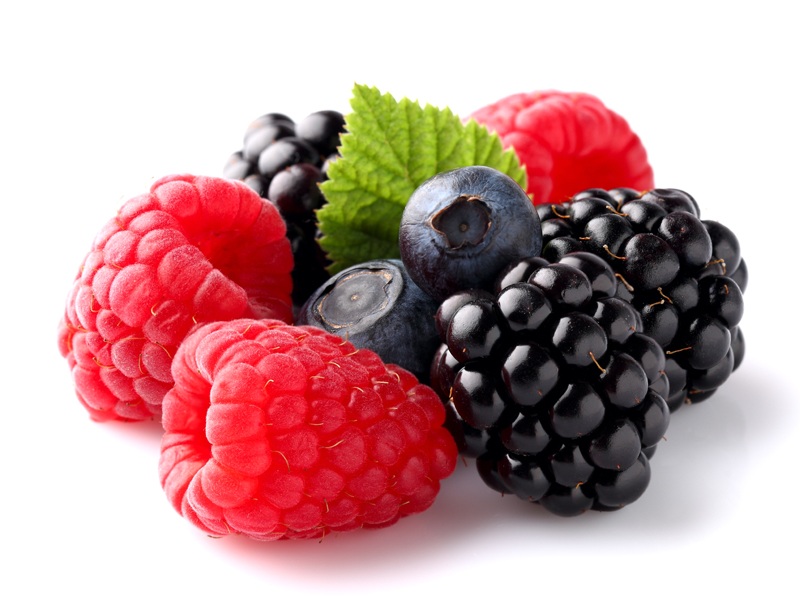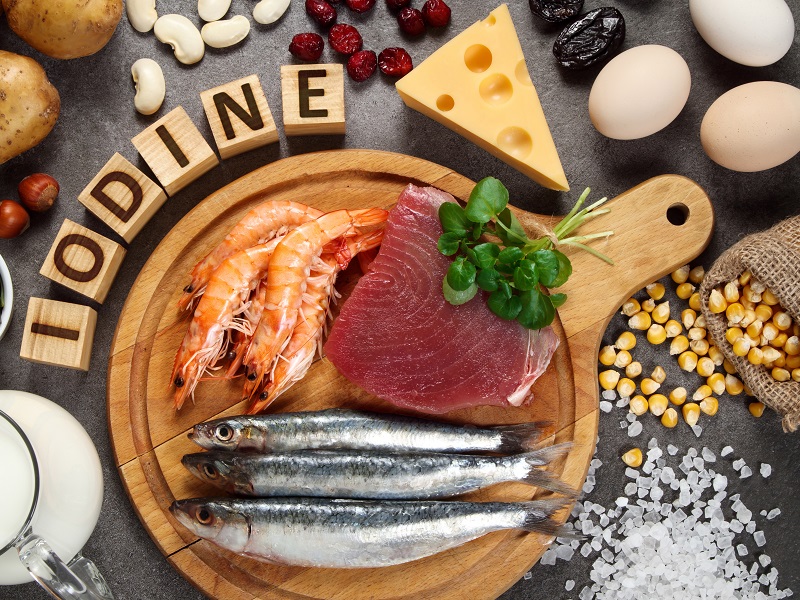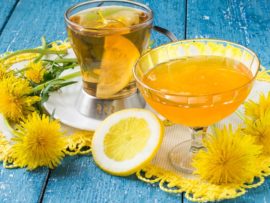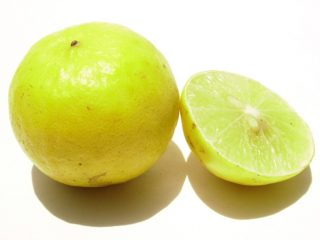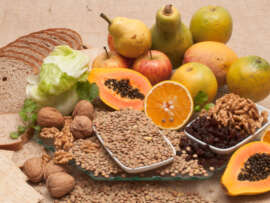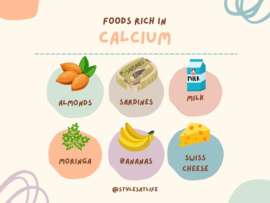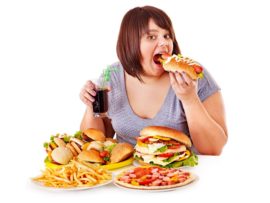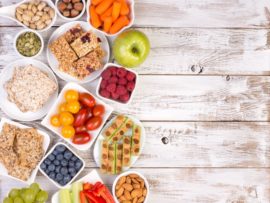Do you frequently complain of extreme fatigue, headache, dizziness, cold feet or pale skin? If yes, we recommend getting a blood test to check your iron levels. But why? The body uses iron to form Haemoglobin, a component essential for transporting oxygen-carrying red blood cells. An average male adult requires about 8 mg of iron daily, while women need 18 mg. Along with taking iron supplements (if your doctor prescribes them), you can include these best iron rich foods in your diet to fight iron deficiency.
Read along to find out some of the important animal and plant-derived foods which can help you meet your daily iron requirements.
List of 30 Best Iron-rich Foods to Include in Your Diet:
Let us now understand the daily offerings of each of these iron-enriched foods:
Fish:
1. Shellfish:
One of the best ways to raise iron levels in the body is to include a healthy portion of Shellfish in your daily diet. Shellfish, which include shrimp, crab, oysters, clams, and lobsters, are rich sources of iron. A 100 gms serving of cooked mollusks offers 6.5mg of iron which is about 37% of DV. Similarly, 100gms clams can give you up to 3mg of iron which is about 17% of DV. Shellfish is also an excellent source of other nutrients like zinc, Vitamin B12 etc., which are essential for the formation of healthy blood cells.
2. Sardines:
If you are a seafood lover, include Sardines in your daily diet as they are one of the best iron-rich foods. Depending on the variety of Sardine, you can get 2.3mg to 2.92mg of iron per 100 grams serving size. Apart from Iron, Sardines also offer omega-fatty acids, calcium and potassium. They are also low in mercury levels.
3. Tuna:
A 100 gms serving of Tuna fish packs about 1.25 mg of iron, making it one of the best iron-rich fish types. The iron levels can vary depending on the type of tuna like bluefin, skipjack etc., and how it is consumed – raw or cooked. Cooked Tuna gives around 1.31mg of iron which is about 9% of RDA. Tuna also offers good amounts of protein, niacin, sodium and Vitamin-B12.
4. Salmon:
Salmon is one of the top iron-rich food items, which delivers around 1.03mg per 100 grams (cooked), which is about 7% RDA. The mineral is found in all forms of Salmon like canned, smoked, drained solids, fillets etc. but in varying amounts. Along with iron, Salmon also offers a wide variety of nutrients like protein, zinc, Vitamin B12, Calcium, Niacin etc.
See Also: Foods That Are Very High in Omega-3 Fatty Acids
Vegetables:
5. Spinach:
Spinach is one of the best plant-derived foods that contain high iron levels. A 100 gms serving of cooked spinach delivers 3.6 mg of iron and about 20% of DV. Raw spinach contains about 2.7mg of iron which is about 15% of DV. Spinach is not only an iron-rich vegetable but also a good source of other nutrients like Vitamin A, Vitamin K, Folate, Manganese etc.
6. Beetroot:
Beetroot is one of the most recommended foods for treating anaemia due to its iron-rich profile. A 100gm serving of beetroot offers 0.8 mg of iron which is about 4% of RDV. Along with iron, Beetroots also offer good amounts of folic acid that help your body make red blood cells. Additionally, these root vegetables offer essential nutrients like dietary fiber, Vitamin A, C etc.
7. Broccoli:
Broccoli is another food that is rich in iron content. A 100 gms serving of raw broccoli offers about 0.7mg of iron which meets 3% of DV. Additionally, this vegetable contains high amounts of Vitamin C, which helps in faster absorption of iron. Along with treating iron deficiencies, the veggie also offers many other nutrients like Vitamin A, sodium, potassium, dietary fibre etc., to improve overall health.
8. Cabbage:
Cabbage is a cruciferous vegetable that can improve iron levels for people suffering from anaemia. A 100 gms serving of cabbage offers 0.5mg of iron which is 2% of DV. That’s not all! Cabbage also offers many other micro and macronutrients such as Vitamin C, Vitamin A, Calcium, Magnesium etc. which are necessary for healthy well-being.
9. Kale:
Kale is one of the many dark green leafy vegetables that top the high iron foods list. 100 servings of raw Kale offers 3mg of iron which meets about 21% of RDA. This value is higher than beef which offers about 2.7mg of iron. Apart from iron, Kale also offers high amounts of other essential nutrients like calcium, potassium, copper, manganese, Vitamin A, K etc.
10. Tomatoes:
Tomatoes are one of the best natural sources of iron consumed fresh and dried. However, raw tomatoes offer very little iron, i.e., 0.3 mg per 100 gms, compared to sundried tomatoes, which offer 2.5mg to meet 15% of DV. Additionally, sundried tomatoes are quite rich in other nutrients like Vitamin C, Vitamin A, Potassium, Magnesium etc.
11. Sweet Potatoes:
Another best food to raise iron levels naturally is sweet potato. This root vegetable offers 0.6mg of iron which is 3% of DV, making it a good choice for fighting anemia. Sweet Potatoes are rich in other nutrients like dietary fibre, Vitamin A, Vitamin B-6, Potassium, Magnesium, etc. These reduce the risk of diseases.
See Also: Foods That Are High in Vitamin C
Fruits:
12. Banana:
Bananas are one of the good dietary sources of iron offering about 0.3mg per 100 gms servings. These fruits also offer high amounts of folate, which is essential to fight iron deficiencies. Additionally, bananas contain many other vital nutrients like Potassium, Vitamin B6, Manganese, dietary fibre, Vitamin C etc., making them wholesome nutritious food.
13. Pomegranate:
Pomegranate is one of the best fruits to raise iron levels in anaemic patients. A 100-serving of Pomegranate arils offers 0.3mg of iron which is 2% of DV, along with 10.2mg of Vitamin C for better iron absorption. Furthermore, the fruit is a rich source of other nutrients like Vitamin K, Folate, Vitamin B6 etc., to boost your overall health.
Dry Fruits & Nuts:
14. Prunes:
Prunes or dried plums are one of the good dietary sources of iron. 100 gms serving of prunes offers about 0.9mg of iron which is 5% of DV. Many doctors recommend drinking prune juice for quick recovery from anaemia. Along with iron, Prunes also offer good amounts of dietary fibre, Vitamin K, Magnesium, Copper etc., along with other micronutrients.
15. Dates:
Dates are the best foods to raise iron levels quickly to fight anaemia. The iron levels in these dry fruits vary with the variety. A 100 gms serving of Deglet Noor dates offers 1mg of iron which is 6% of DV. Medjool dates have slightly lower iron levels with 0.9mg per 100 gms serving (5% of DV). Along with eating whole, pitted dates, you can also consume these dry fruits in the form of puree and syrup.
16. Raisins:
Depending on the variety, raisins can offer anywhere between 1.8mg to 2.6mg of iron per 100 gms serving. The % DV values can range from 9-14%, which makes raisins one of the best foods with high iron content. Additionally, raisins also offer other essential nutrients like Vitamin B6, Magnesium, Potassium, Dietary Fiber etc., to promote good health.
17. Dried Apricots:
With about 2.7 gms of iron per 100 gms serving (15% DV), dried apricots are undoubtedly one of the best iron-rich dry fruits for treating anaemia. These tasty and delicious dry fruits offer many other essential nutrients like Vitamin A, Calcium, Potassium, Dietary fibre etc. You can consume them in between meal snacks to satisfy hunger and boost your energy levels.
18. Almonds:
Almonds are one of the best iron-rich nuts which can keep anaemia at bay! A 100 gms serving of these nuts pack around 3.71mg of iron which is 21% of DV. Almonds are also rich sources of Calcium and Vitamin D, essential for healthy bone and blood health.
19. Walnuts:
Walnuts are rich sources of iron, which pack around 2.9mg (16% DV) per 100 gms serving. Apart from treating iron deficiencies, these nuts also offer many nutrients like omega-3 fatty acids, magnesium, vitamin B-6, potassium etc.
Seeds:
20. Chia Seeds:
Chia seeds are renowned for being one of the best foods with high iron levels. A 100 gms serving of chia seeds offers 7.7mg of iron which is a whopping 42% of DV. These seeds are also loaded with protein, calcium, magnesium, potassium and other micronutrients to offer the right amount of nutrition to your body.
21. Sunflower Seeds:
Dried Sunflower seeds are excellent sources of iron which offer about 5.3mg per 100 gms serving (29%) . The values vary slightly in dry-roasted, toasted and oil-roasted seeds. Of these, toasted sunflower seeds offer about 6.8mg of iron, about 37% of DV. Additionally, these seeds also offer high amounts of Vitamin B6, Potassium and dietary fibre.
22. Pumpkin Seeds:
Pumpkin seeds are nutrient-dense foods, which are good for treating iron deficiency. A 100gms serving of these seeds offers 3.3mg of iron which is about 18% of DV. Interestingly, roasted pumpkin seeds offer higher iron values compared to dried seeds, which is about 8.1mg of iron to meet 45% of DV.
Other Foods:
23. Beans and Lentils:
Beans and lentils are some of the best iron-rich vegetarian foods, which can minimize the risk of anaemia. 100 gms serving of cooked lentils without salt offers about 3.3mg of iron, which is 19% of DV. The same amount of cooked black beans offers 2.1mg of iron which is 12% of DV. Some of the best types of beans and lentils with high iron levels are chickpeas, black-eyed peas, lima beans, black lentils etc.
24. Oatmeal:
When it comes to offering a good amount of iron, oatmeal tops the list of iron-rich cereals. A 100gms serving of cooked oatmeal offers 6mg of iron which is 33% of DV. Readymade, fortified oatmeal cereals from brands like Quaker offer as high as 12.1 mg of iron depending on the flavour and variety.
25. Bread:
Bread is one of the best sources of iron which can give a perfect start to your day! The iron values change with each type of bread like white, rye, multi-grain etc. A 100gms serving of white bread offers 3.6mg of iron which is 19% of DV, while the same amount of multi-grain bread offers 2.5gms of iron which is 13% of DV.
26. Eggs:
One of the best ways to increase iron levels is to add some eggs to your diet. A 100 gms serving of hard-boiled whole chicken eggs (approx. large eggs) offers about 1.2mg of iron, which is 7% of DV. Eggs are also rich in protein, folate, Vitamin B12 and other essential nutrients.
27. Mushrooms:
Mushrooms are good sources of iron but not all varieties deliver the same values. Among the many types of mushrooms, Oyster mushrooms offer high amounts of iron. 100gms serving of Oster mushrooms offers 2mg of iron which is 11% of DV. Apart from iron, these mushrooms offer a wide array of micro and macronutrients essential for a healthy body.
28. Tofu:
Tofu is one of the best iron-boosting plant-based foods for vegetarians. It is prepared from soymilk and is a staple ingredient in many Asian dishes. Tofu offers about 5.4mg per 100 gms serving, which is 30% of DV. Apart from iron, Tofu is also an excellent source of calcium, protein and other essential nutrients.
29. Liver and Other Organ Meats:
Animal or chicken liver is one of the highest sources of iron for meat eaters. These values can vary quite a lot depending on the animal from which the liver is sourced. For instance, 100gms of cooked beef liver offers 6.5mg of iron which is 36% of DV, while the same quantity of cooked lamb liver offers 8.3mg of iron which is 46% of DV. Other iron-rich organs from animals or birds are kidneys, brain, heart and tongue.
30. Pasta:
Pasta can be a wonderful addition to your iron-rich diet as it offers good amounts of this mineral. A 100gms serving of cooked Spaghetti offers about 1.3mg of iron which is 7% of DV. Adding high-iron vegetables and meat to pasta can help you meet your daily recommended values of iron.
31. Dark Chocolate:
If you are fond of dark chocolate, you just found an iron-rich treasure! Dark chocolate (45-59%) is a high-iron food which offers about 8mg of iron per 100 gms serving (15% of DV). Apart from iron, Dark chocolate is a good source of antioxidants and minerals such as zinc, magnesium etc.
Those are some of the best iron-rich foods to include in your diet! Instead of sticking to just one food group or type, you can try a combination of these foods to get wholesome nutrition. For border-level iron deficiencies, eating these foods should help you regain your iron levels and lower the chances of getting anaemic.
DISCLAIMER: The information provided in the article is purely for informational purposes (s) only. The article is unsuitable to replace professional advice or opinion by a qualified medical practitioner, nutritionist or doctor. The nutritional information and values mentioned in the article may not be accurate and the user is completely responsible for ensuring their correctness.
FAQs:
1. What are the two types of dietary iron?
Ans: There are two types of iron available in foods – heme and non-heme. Heme iron is derived only from animal sources such as meat, fish, liver etc. Non-heme iron is derived from plant-based foods such as vegetables, fruits, lentils, beans etc. The body doesn’t absorb non-heme iron as quickly as it absorbs heme iron. So, you must consume more quantities of plant-based iron-rich foods to cope with deficiencies.
2. How do I raise my iron levels quickly?
Ans: To increase iron absorption in the body, you must eat good amounts of vitamin-C-rich foods. The list includes citrus fruits, cantaloupes, berries etc. Along with that, some doctors may also prescribe Vitamin C supplements along with iron pills for improved absorption.
3. What is the ideal diet plan for anaemia patients?
Ans: The ideal diet must comprise iron-rich foods from all groups. You must include a healthy portion of vegetables, fruits, seeds and nuts, lean meat and fortified cereals. You can also also get some fortified orange juice, a cup of berries, boiled potatoes, etc. Avoid having coffee, tea and other foods which inhibit iron absorption.


